Royal Ascot is a five-day festival of horse racing in June which features eighteen Group races held at Ascot Racecourse.
Royal Ascot starts on Tuesday 18th June till Saturday 22th June 2024.
It is also one of the highlights of the summer social season with glorious pageantry and fashion providing the backdrop to the finest thoroughbreds in Europe.
If you enjoy the betting side of Royal Ascot you might enjoy these specific pages.
- Best Royal Ascot Betting Offers 2024
- 2024 Royal Ascot Festival Day 1 Tips
- 2024 Royal Ascot Festival Day 2 Tips
- 2024 Royal Ascot Festival Day 3 Tips
- 2024 Royal Ascot Festival Day 4 Tips
- 2024 Royal Ascot Festival Day 5 Tips
The Ascot Gold Cup retains its status as the most prestigious staying race in the world, one of eight Group 1 events at the meeting.
Contents
- 1 Royal Ascot Races and Racecourse Overview
- 2 Royal Ascot Day 1
- 3 Royal Ascot Day 2
- 4 Royal Ascot Day 3
- 5 Royal Ascot Day 4
- 6 Royal Ascot Day 5
- 7 Top Trainers and Jockeys at Royal Ascot
- 8 Betting on Royal Ascot 2024
- 9 History of Royal Ascot
- 10 An Overview of Royal Ascot Fashion
- 11 Summary of Royal Ascot 2024
- 12 2024 Royal Ascot Festival Posts
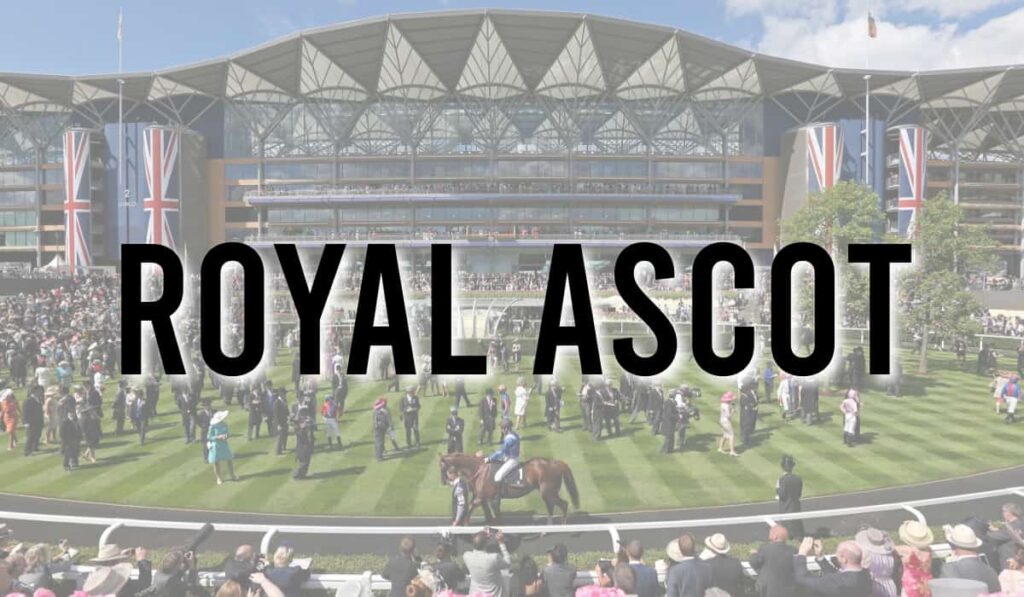
Royal Ascot Races and Racecourse Overview
The opening race of Royal Ascot week is named in honour of Queen Anne who opened Ascot Racecourse in 1711.
The Royal meeting developed from the first four-day meeting staged at Ascot in 1768.
It remained the only meeting held at the course until 1939 and the course is now home to the King George VI and Queen Elizabeth Stakes, British Champions Day and The Shergar Cup.
It also stages top class National Hunt racing during the winter with three Grade 1 races.
Royal Ascot Day 1
The opening day of Royal Ascot looks like this:
Queen Anne Stakes (Group 1)
The Group 1 Queen Anne Stakes over a mile kicks off the action, the race won in brilliant style by Frankel in 2012.
Other notable winners include Warning (1989), Barathea (1994) and Goldikova (2010).
Coventry Stakes (Group 2)
The Coventry Stakes over six furlongs is one of the top two-year-old races of the meeting.
It has been won by subsequent Classic winners including Mill Reef (1970), Henrythenavigator (2007) and Dawn Approach (2012).
King’s Stand Stakes (Group 1)
Battaash finally added his name to the roll of honour for this top five-furlong sprint in 2020. He had finished runner-up to Blue Point for the previous two years. The Kings Stand Stakes is one of the top sprints of the year.
St James’s Palace Stakes (Group 1)
The St James’s Palace Stakes is one of the most prestigious mile races of the season for three-year-old colts.
2000 Guineas winners Brigadier Gerard (1972), Rock Of Gibraltar (2002) and Frankel (2011) were all successful here. Aidan O’Brien is the most successful trainer in the history of the race with eight winners.
The opening day is concluded by the two and a half mile Ascot Stakes and the Listed Wolferton Stakes.
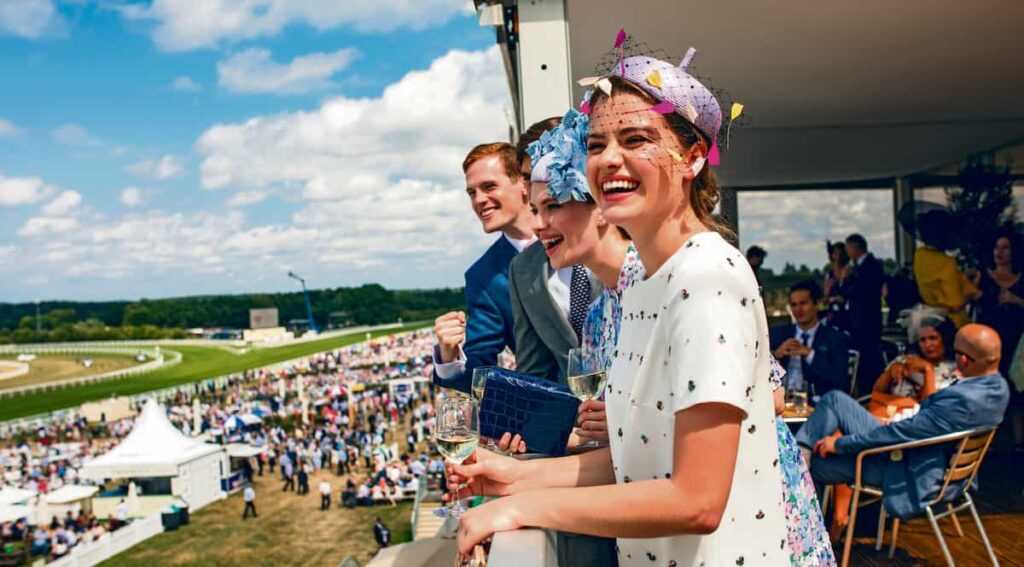
Royal Ascot Day 2
The second day’s main racing action is the below:
Jersey Stakes (Group 3)
Day 2 opens with the seven-furlong Jersey Stakes for three-year-olds.
Notable past winners include Proclamation (2005), Ribchester (2016) and Expert Eye (2018).
Queen Mary Stakes (Group 2)
The five-furlong Queen Mary Stakes is the top race for two-year-old fillies at Royal Ascot.
Attraction (2003) went on to win the 1000 Guineas the following season while American Lesley Ward has trained the winner on four occasions.
Duke Of Cambridge Stakes (Group 2)
The Duke of Cambridge Stakes is for fillies and mares over a mile and was added to the meeting in 2004. Sir Michael Stoute is the leading trainer in this race with four winners.
Prince of Wales’s Stakes (Group 1)
The Prince of Wales’s Stakes over ten furlongs is the only Group 1 action on day 2.
Famous past winners include Mtoto (1987, 1988), Dubai Millennium (2000) and Ouija Board (2006).
The final two events on the second day are the competitive Royal Hunt Cup and the Sandringham Stakes, both over a mile.
Royal Ascot Day 3
The main races on day three of Royal Ascot is the below:
Norfolk Stakes (Group 2)
Day 3 is known as “Ladies Day” and opens with the five-furlong Norfolk Stakes for two-year-olds with notable past winners including Johannesburg (2001) and No Nay Never (2013).
Hampton Court Stakes (Group 3)
The Hampton Court Stakes was formerly known as the Churchill Stakes and is for three-year-olds over ten furlongs. Aidan O’Brien won this race for a record fourth time in 2020 with Russian Emperor.
Ribblesdale Stakes (Group 2)
The Ribblesdale Stakes is confined to three-year-old fillies over a mile and a half. Epsom Oaks runners have a poor record in the Ribblesdale, a race won eight times by jockey Frankie Dettori.
Gold Cup (Group 1)
The Ascot Gold Cup is Ascot’s longest surviving race having been first run in 1807.
In 2020 Stradivarius became only the third horse in history to win three Ascot Gold Cups. He joins Sagaro (1975-1977) and is one behind four-time winner Yeats (2006-2009).
Day three ends with two very competitive three-year-old handicaps; The Britannia Stakes over a mile and the King George V Stakes over a mile and a half.
Royal Ascot Day 4
The main races on Day 4 of the Royal Ascot meeting look like the below:
Albany Stakes (Group 3)
Action on day 4 begins with the six-furlong Albany Stakes for two-year-old fillies.
Jamie Spencer has ridden the winner on four occasions, most recently with Kiyoshi in 2013.
King Edward VII Stakes (Group 2)
The King Edward VII Stakes is known as “The Ascot Derby” and is for three-year-old colts and geldings over a mile and a half.
High-class winners include Ile de Bourbon (1978), Light Cavalry (1980), Pentire (1995) and Nathaniel (2011).
Commonwealth Cup (Group 1)
The feature race on Friday is the Group 1 Commonwealth Cup over six furlongs.
The race is confined to three-year-olds and was only introduced in 2015 when it was won by Muhaarar.
Coronation Stakes (Group 1)
The Coronation Stakes is the top mile race for three-year-old fillies at Royal Ascot.
Horses successful here include 1000 Guineas winners Ghanaati (2009) and Winter (2017).
Queen’s Vase (Group 2)
The Queen’s Vase is for three-year-olds over a mile and six furlongs and is a recognised St Leger trial. Kew Gardens won both races in 2018 while Estimate (2012) and Stradivarius (2017) went on to win the Ascot Gold Cup.
The Duke of Edinburgh Stakes completes Friday’s action, a one-and-a-half-mile handicap for three-year-olds and upwards.
Royal Ascot Day 5
The main races on day five of Royal Ascot are:
Hardwicke Stakes (Group 2)
The Hardwicke Stakes is the top mile-and-a-half race at Royal Ascot for older horses.
Sir Michael Stoute has won the race a record eleven times, most recently with Crystal Ocean in 2018.
Diamond Jubilee Stakes (Group 1)
The Diamond Jubilee Stakes is the last Group 1 race of the meeting and is for four-year-olds and upwards over six furlongs.
The race was the focus of worldwide attention in 2012 when the brilliant Australian mare Black Caviar won in a photo finish. She retired unbeaten in 25 races, 15 of them at Group 1 level.
The big betting race on Friday is the Wokingham Stakes, a six-furlong handicap.
By contrast, the Queen Alexandra Stakes is one of the longest flat races of the season over two and three-quarter miles. There are also two listed juvenile races on the final day; The Chesham Stakes (seven furlongs) and The Windsor Castle Stakes (six furlongs).
Top Trainers and Jockeys at Royal Ascot
American Wesley Ward has a tremendous record at Royal Ascot, particularly with his two-year-olds.
Aidan O’Brien trained a record 7 winners at the Royal meeting in 2016 and his runners should always be respected.
Frankie Dettori rode his “Magnificent Seven” at Ascot in 1996 and is always a popular Royal Ascot bet.
Ryan Moore became the first post-war jockey to ride nine winners at the Royal meeting in 2015.
Betting on Royal Ascot 2024
Royal Ascot is one of the busiest weeks of the year for bookmakers, rivalled only by the Cheltenham Festival and the Grand National meeting. There are always some terrific bookmaker offers for new customers, including enhanced odds, best odds guaranteed on big race favourites.
If you intend betting on the big handicap races at Royal Ascot, look out for special place terms. Many bookmakers will offer each-way betting down to fifth or sixth places on the Wokingham Handicap and the Royal Hunt Cup.
History of Royal Ascot
Royal Ascot is a prestigious and internationally renowned horse racing event with a rich history dating back over three centuries. Established in 1711 by Queen Anne, it has become one of the highlights of the British social and sporting calendar. Located in Berkshire, England, Royal Ascot attracts royalty, celebrities, and racing enthusiasts from around the world.
Originally known as “Her Majesty’s Plate,” the event underwent several transformations before assuming its present name in 1839 when it was granted the “Royal” title by Queen Victoria. The racecourse itself has witnessed significant development over the years, with the grandstand, parade ring, and various enclosures being constructed to accommodate the growing number of spectators.
Throughout its history, Royal Ascot has maintained a tradition of fashion and style. The strict dress code, particularly in the Royal Enclosure, demands elegance and sophistication, with ladies wearing glamorous hats and gentlemen dressed in morning suits. This sartorial spectacle has become synonymous with the event, attracting attention and admiration worldwide.
The races themselves feature some of the most prestigious events in the horse racing calendar, including the Gold Cup, the Diamond Jubilee Stakes, and the Queen Anne Stakes. These races have seen legendary horses and jockeys etch their names in history, contributing to the event’s enduring legacy.
Today, Royal Ascot combines sport, fashion, and royalty, showcasing the best of British heritage. Its timeless appeal and grandeur continue to captivate audiences, making it an emblematic event of horse racing and a symbol of elegance and tradition.
An Overview of Royal Ascot Fashion
The fashion at Royal Ascot is an integral part of the event, known for its elegance, sophistication, and adherence to a strict dress code.
The dress code varies depending on the enclosure, with the Royal Enclosure having the most stringent requirements.
Ladies attending this enclosure are expected to wear formal daywear, with dresses or skirts falling just above the knee or longer, and shoulder straps at least an inch wide. Fascinators or hats are a must, with a specific rule of having a base measuring at least four inches in diameter.
Gentlemen are required to wear black or grey morning suits with a waistcoat and tie, a top hat, and polished black shoes.
The fashion display at Royal Ascot is a visual feast, showcasing a myriad of styles, colours, and elaborate headpieces. It has become an iconic showcase of British fashion and an opportunity for attendees to showcase their sartorial prowess.
Summary of Royal Ascot 2024
Royal Ascot is one of the most spectacular race meetings in the world and attracts some of the best horses in Europe and beyond.
It is the showcase for the very best that flat racing has to offer, from the fastest sprinters to the great stayers in the Ascot Gold Cup.
With championship races across all ages and distances, it is flat racing’s equivalent to the National Hunt Festival at Cheltenham.
2024 Royal Ascot Festival Posts
Here are all the related articles to the Royal Ascot Festival 2024:
- Albany Stakes
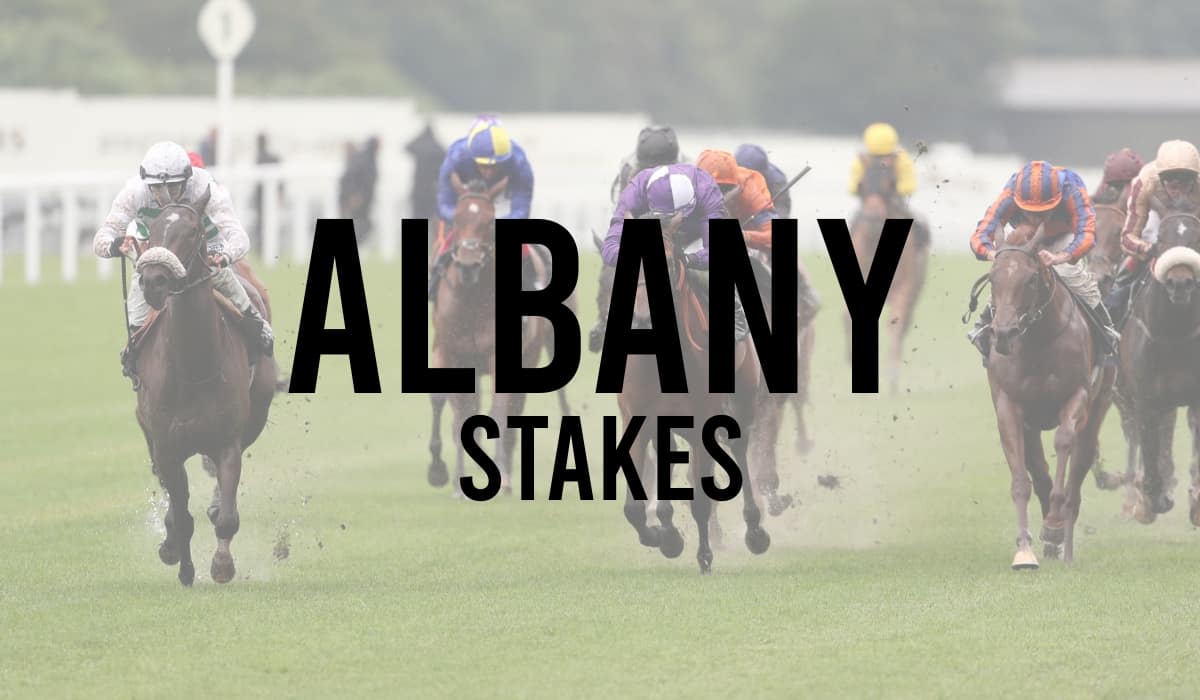
- Ascot Betting Tips

- Ascot Draw Bias
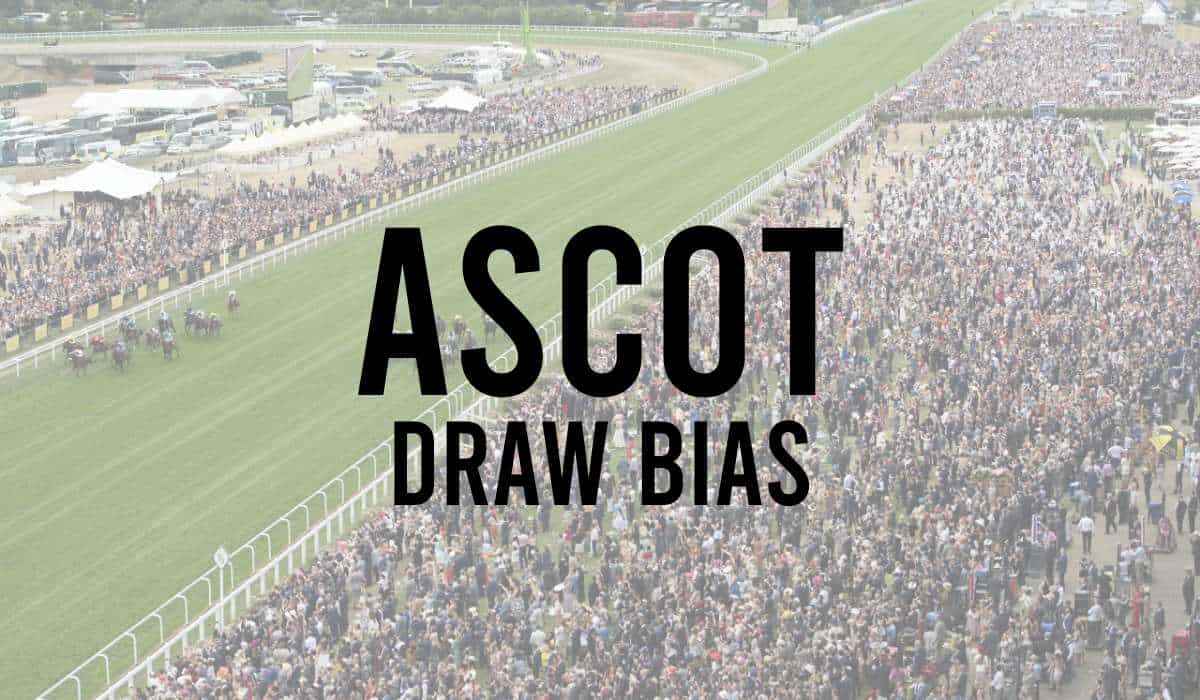
- Ascot Gold Cup
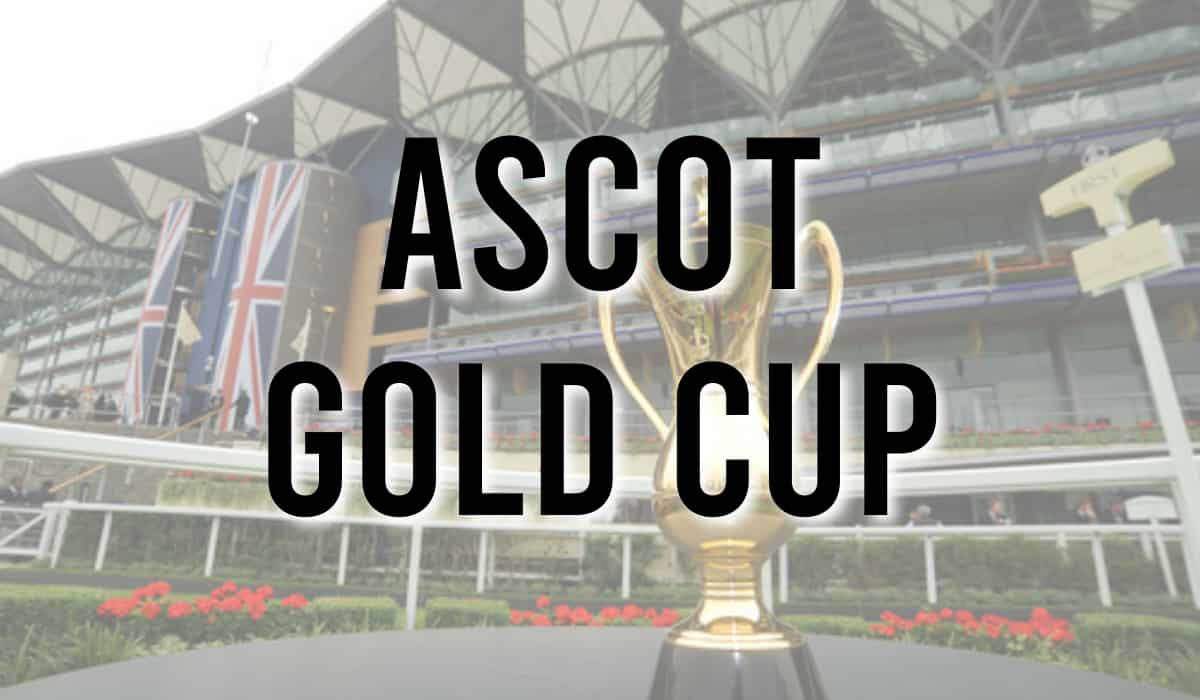
- Ascot Racecourse
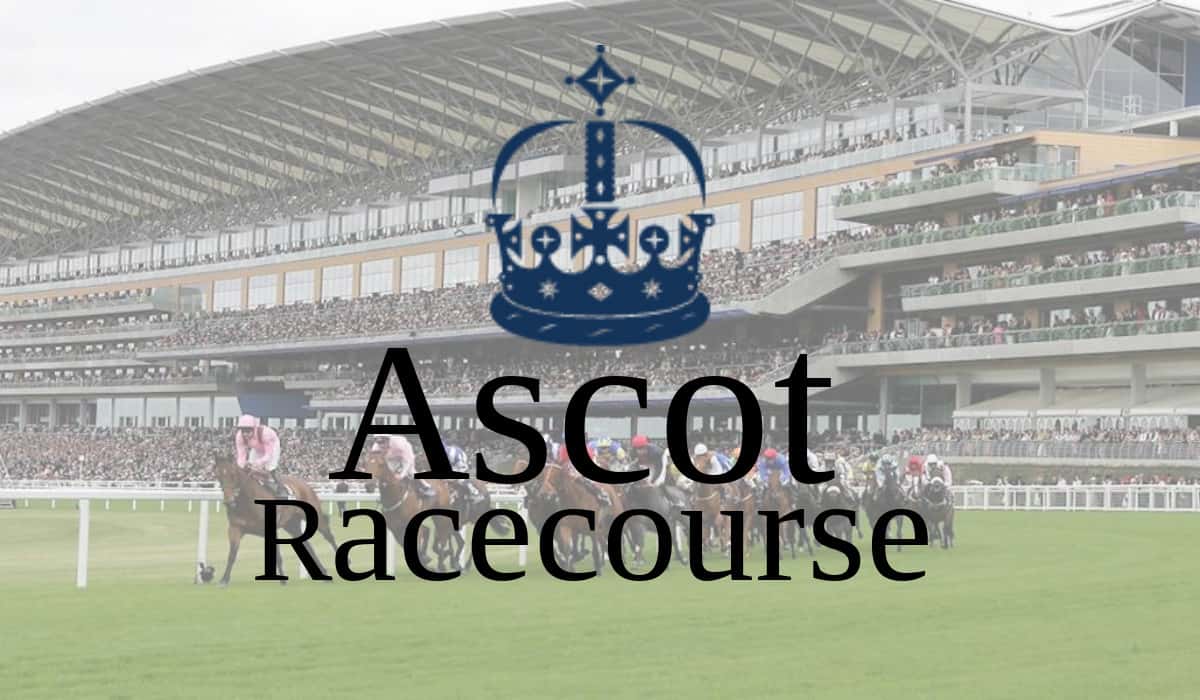
- Ascot Stakes
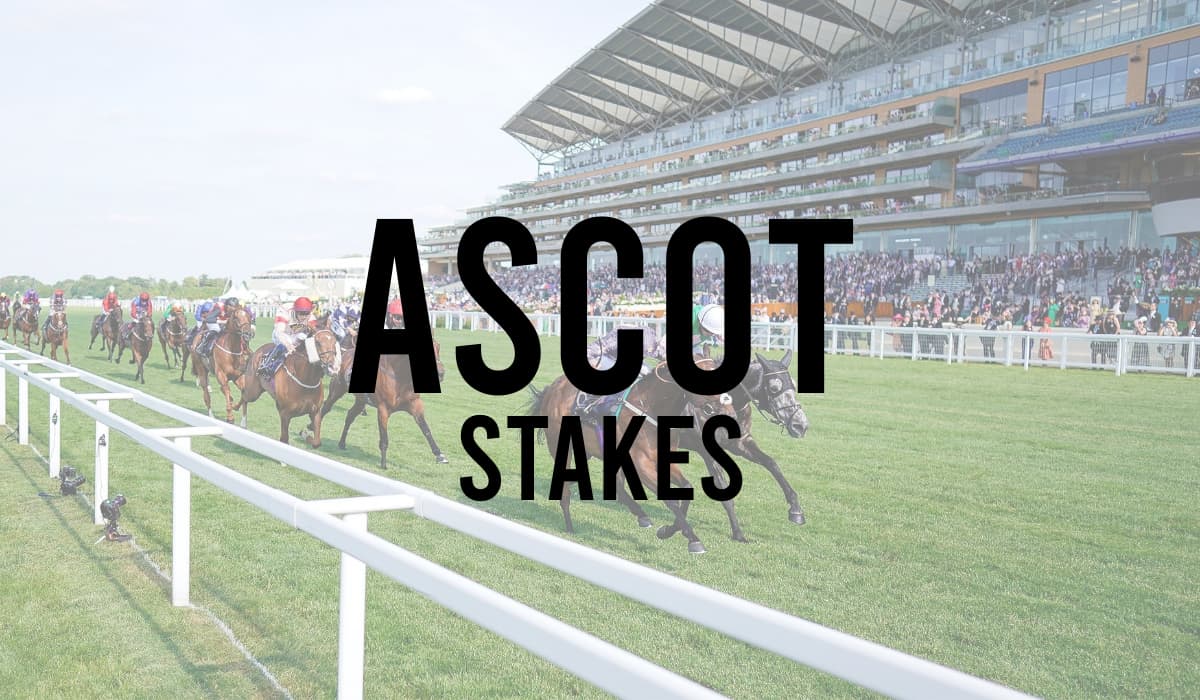
- Britannia Stakes
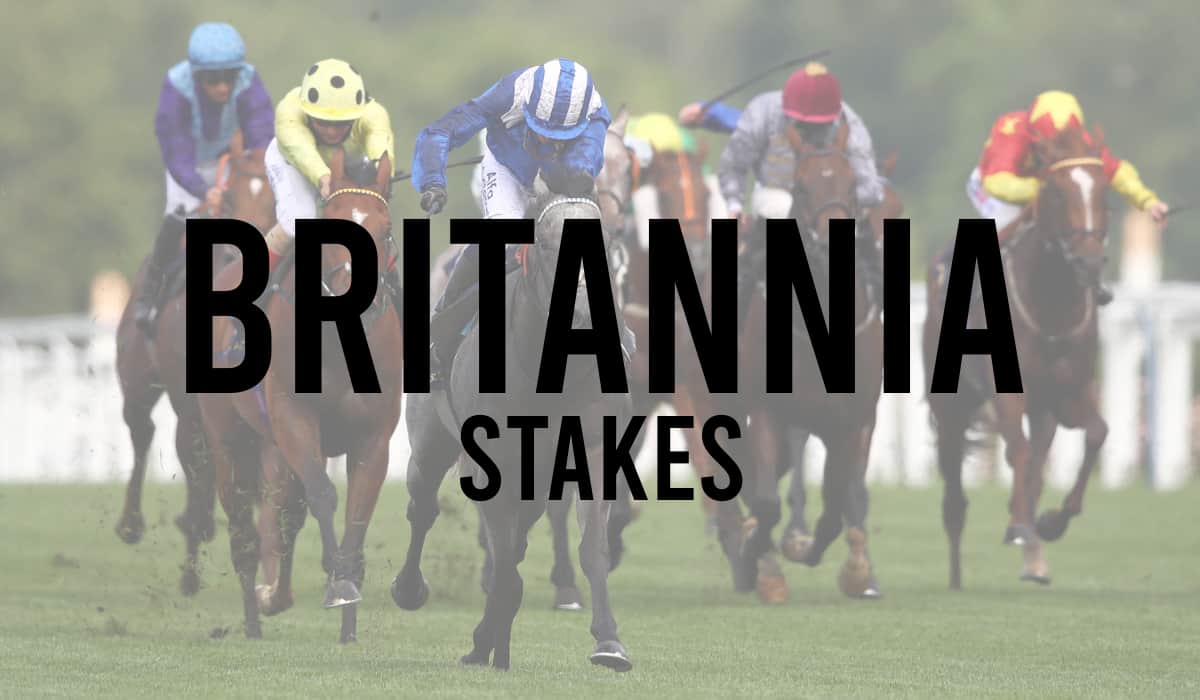
- Buckingham Palace Stakes
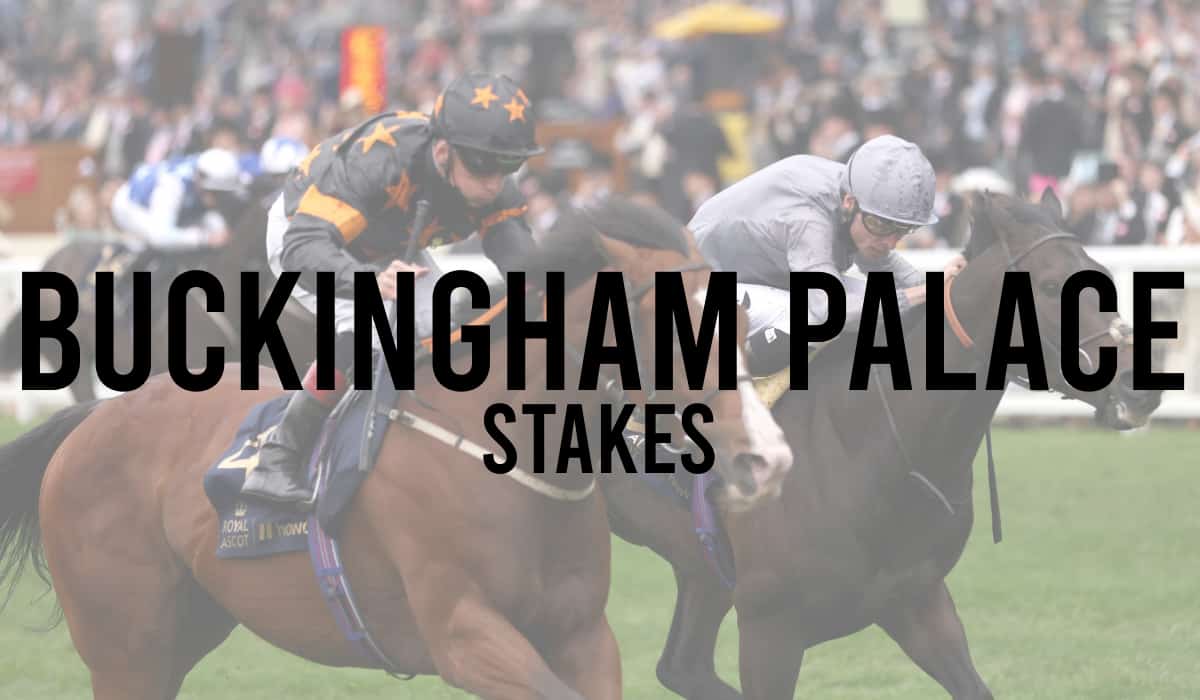
- Chesham Stakes
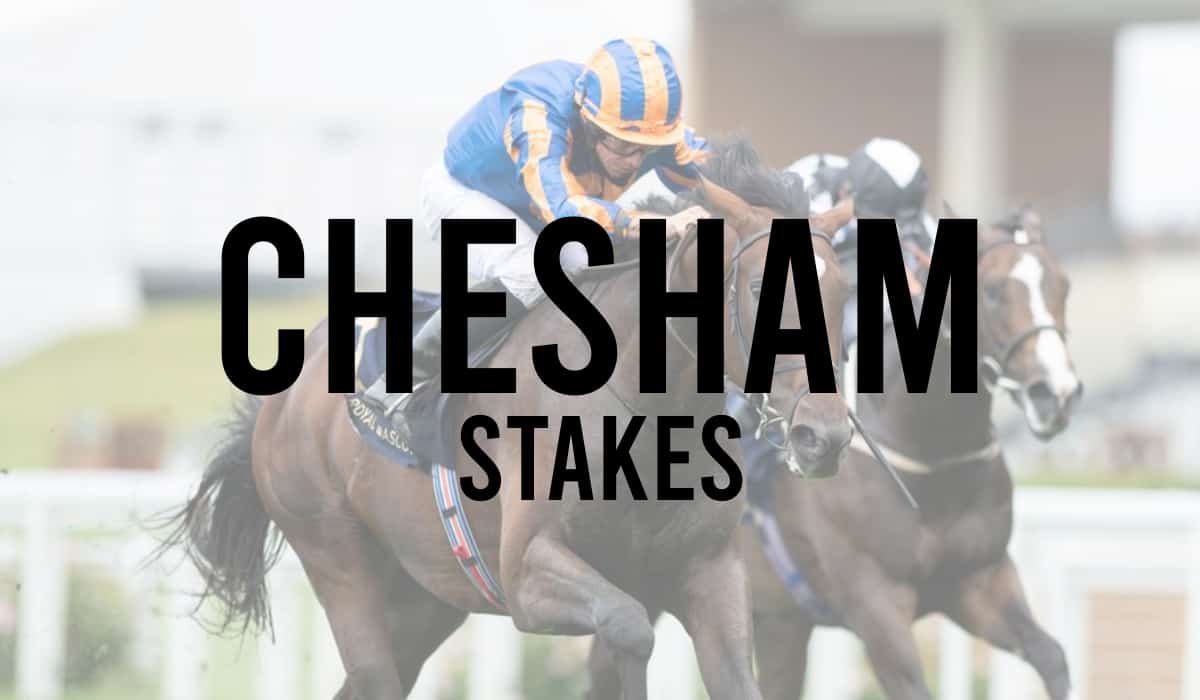
- Commonwealth Cup
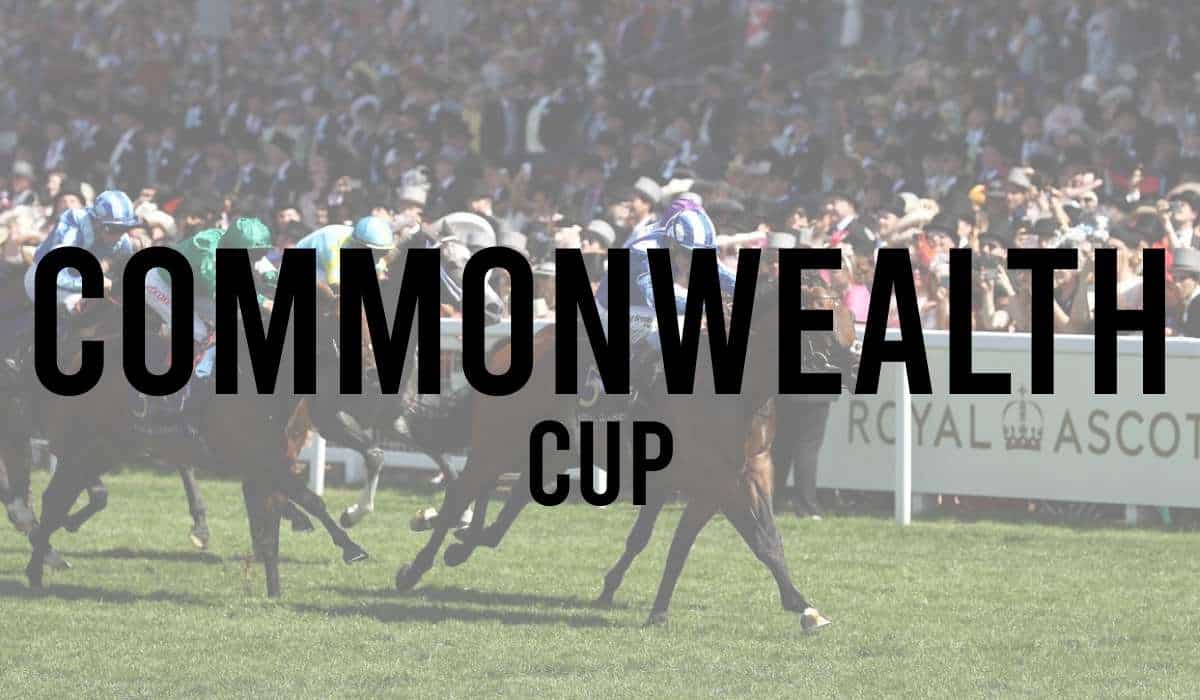
- Copper Horse Stakes
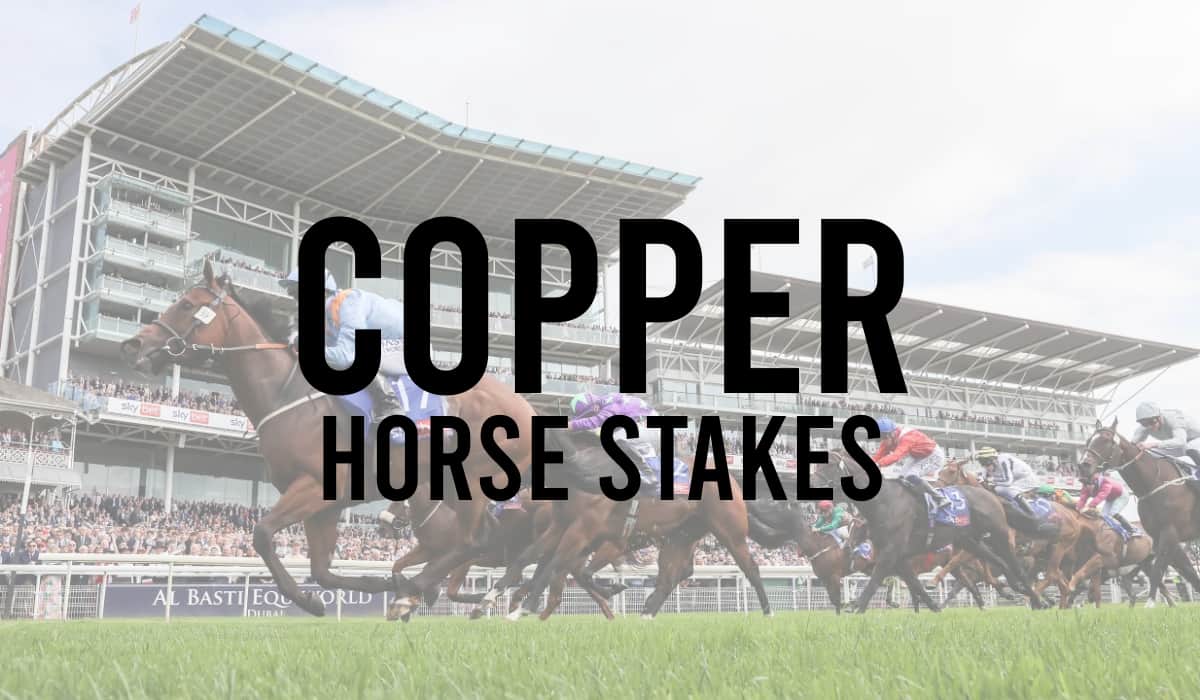
- Coronation Stakes
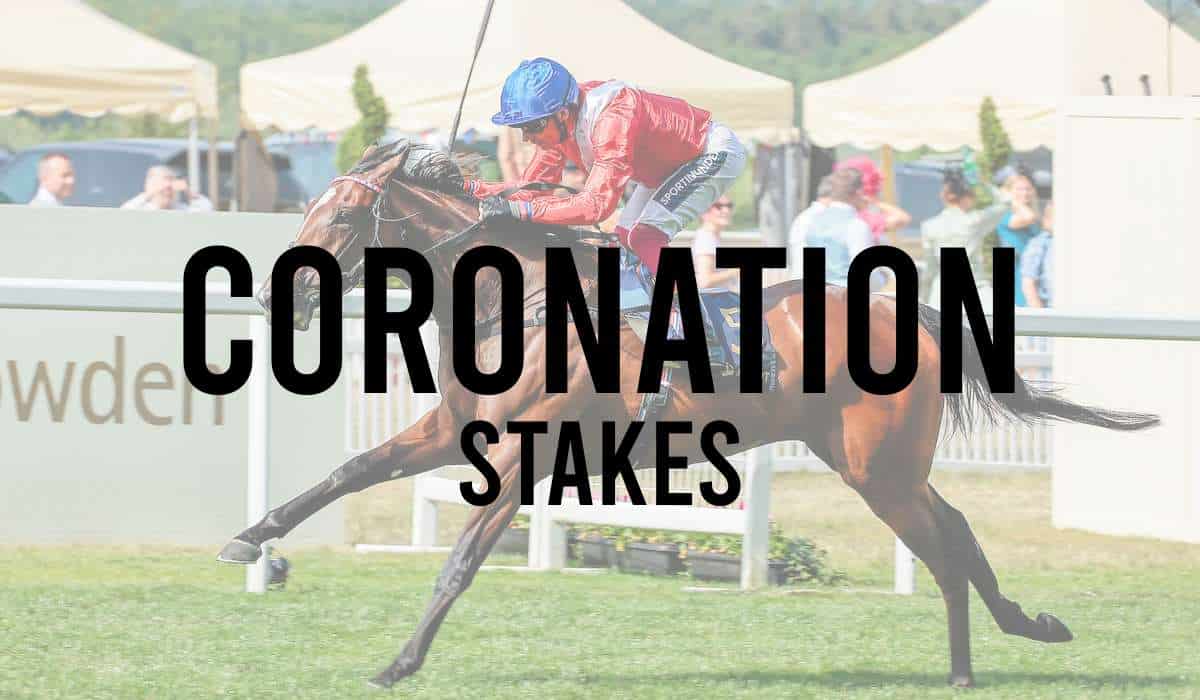
- Coventry Stakes
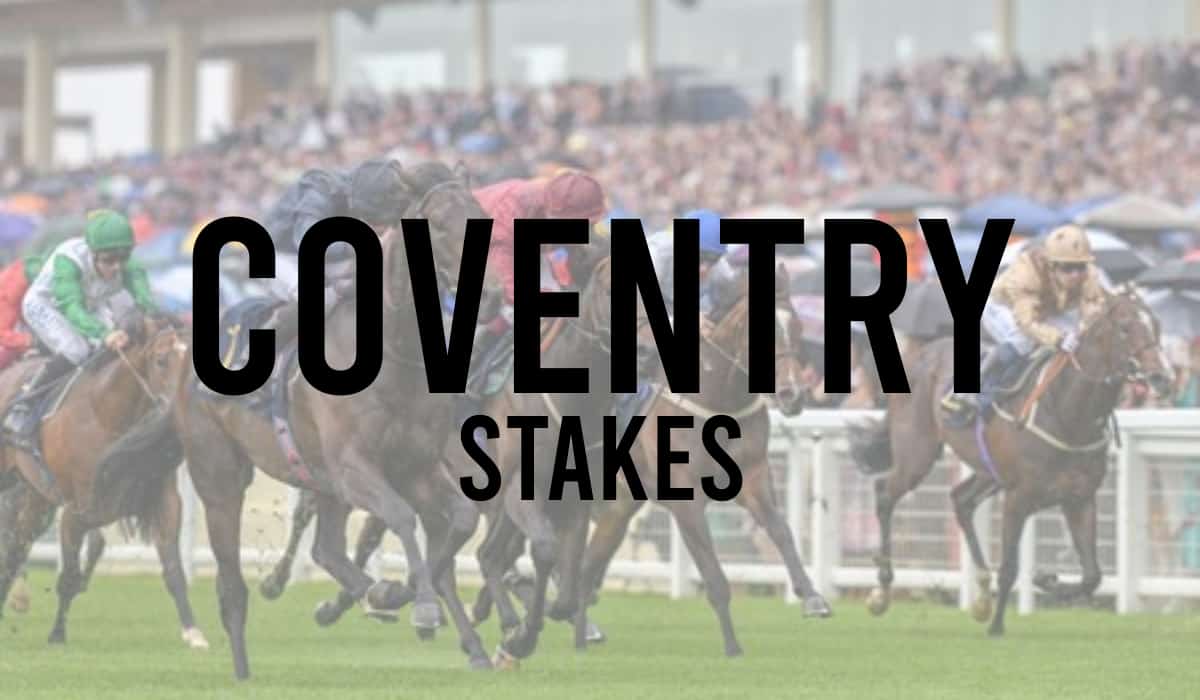
- Diamond Jubilee Stakes

- Duke of Cambridge Stakes
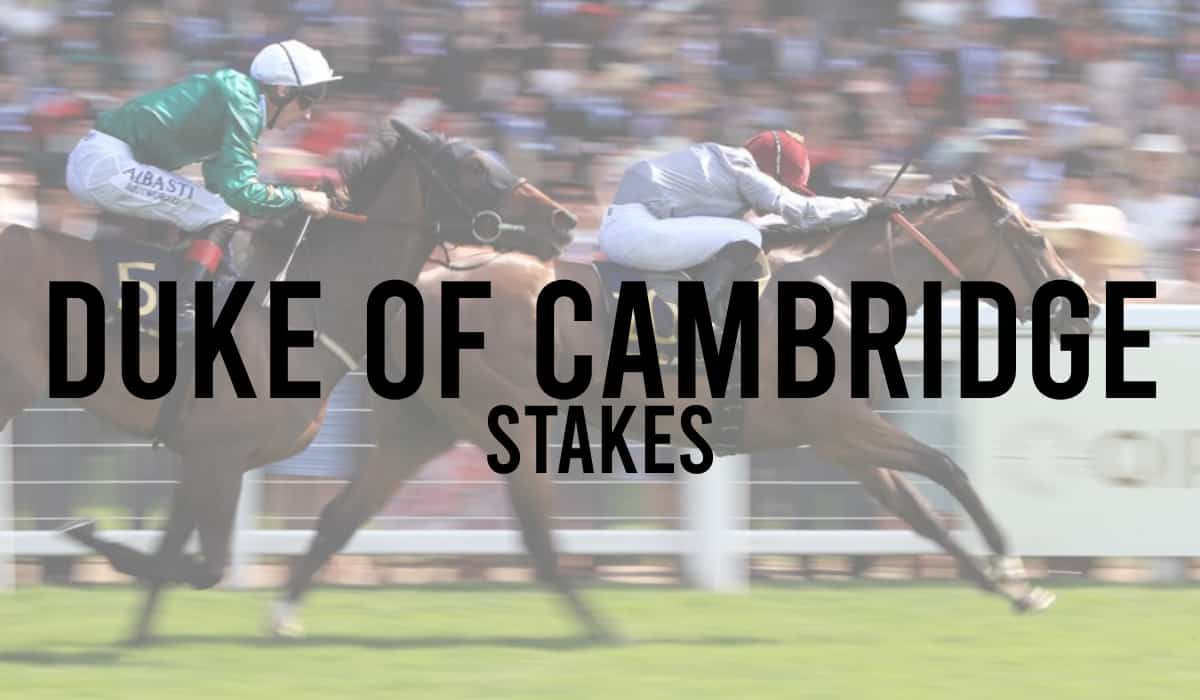
- Duke of Edinburgh Stakes
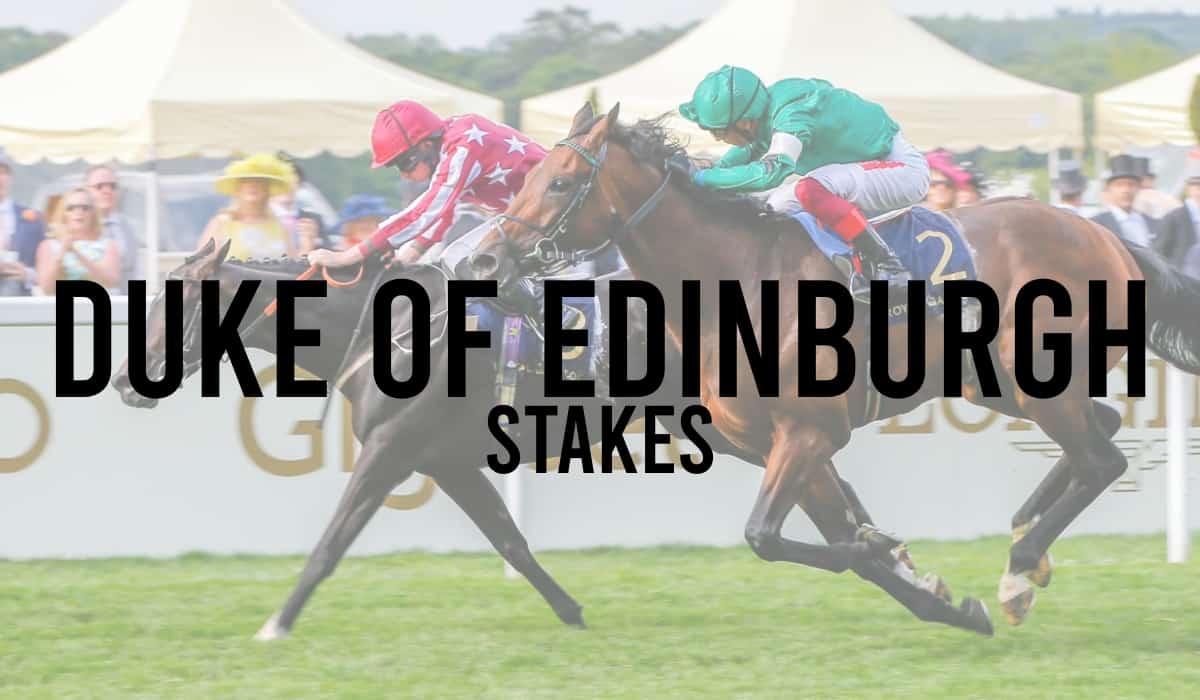
- Golden Gates Stakes
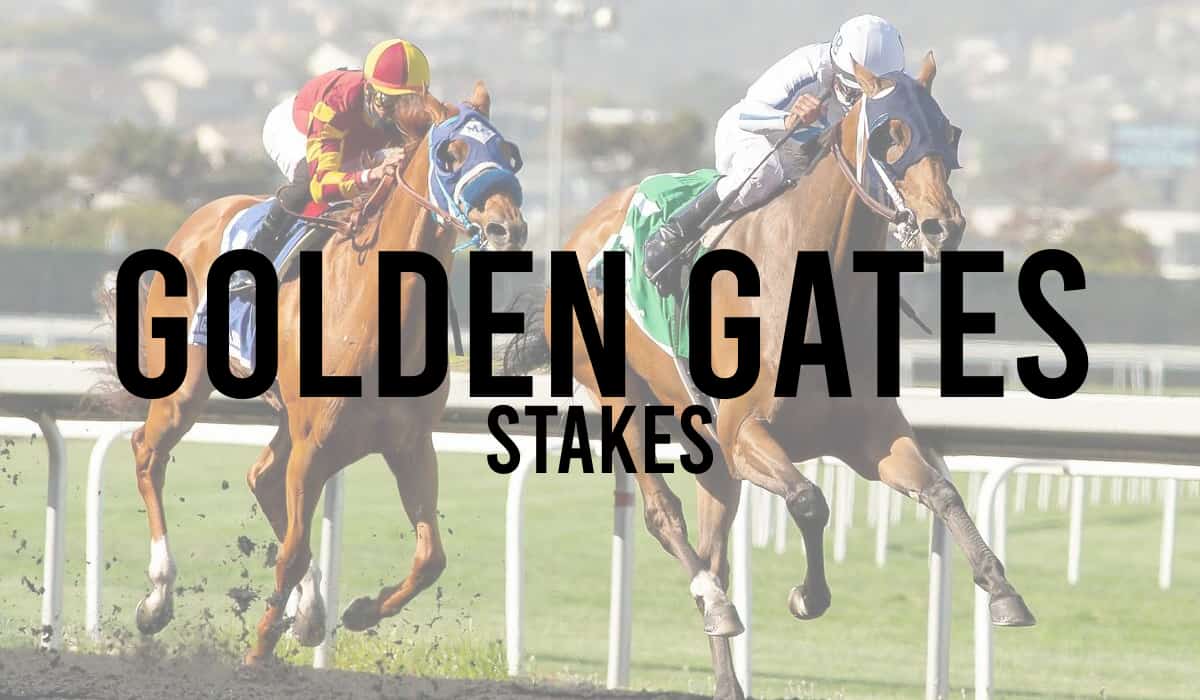
- Hampton Court Stakes
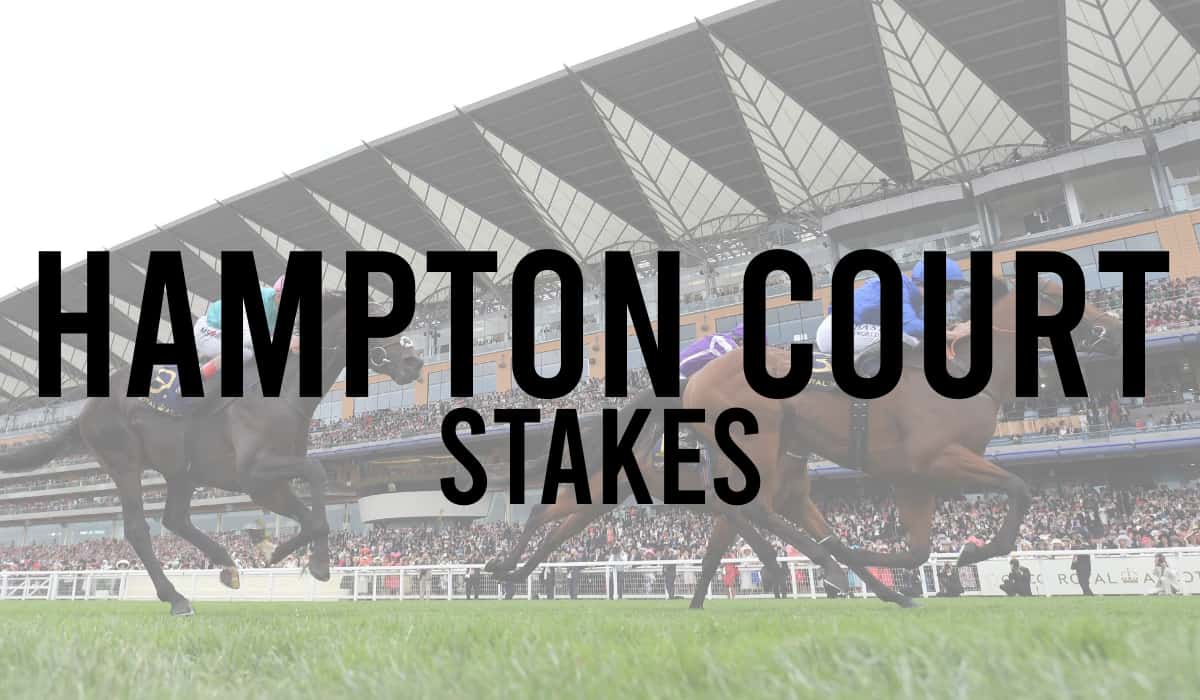
- Hardwicke Stakes
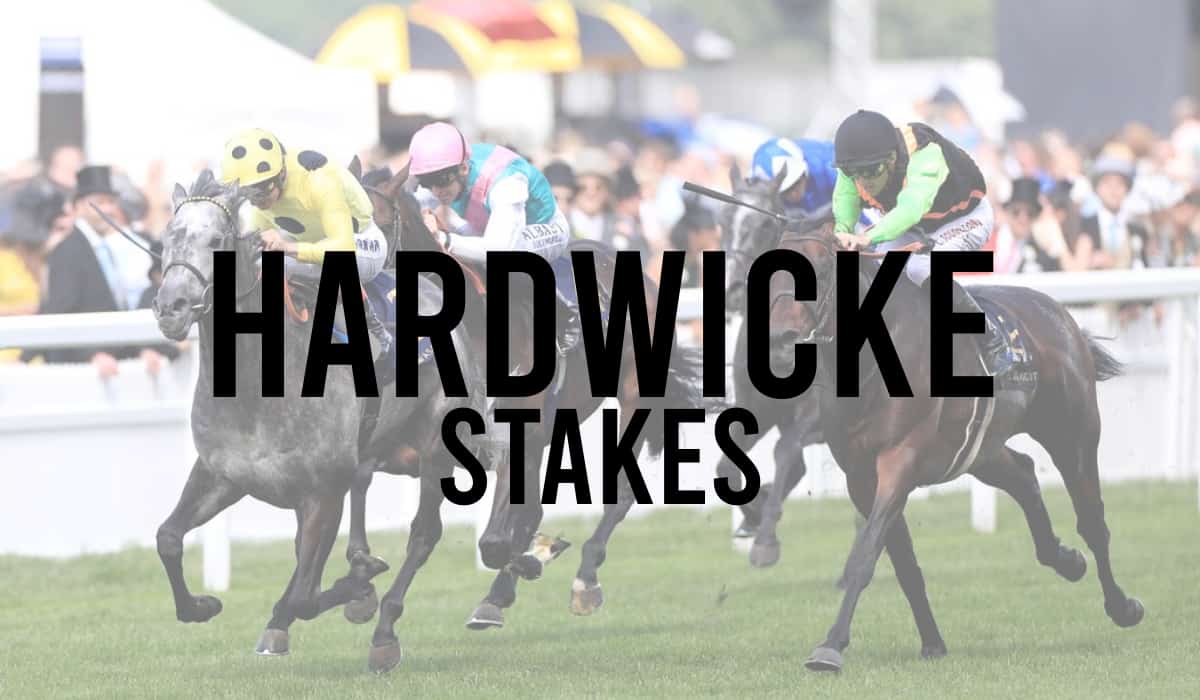
- Jersey Stakes
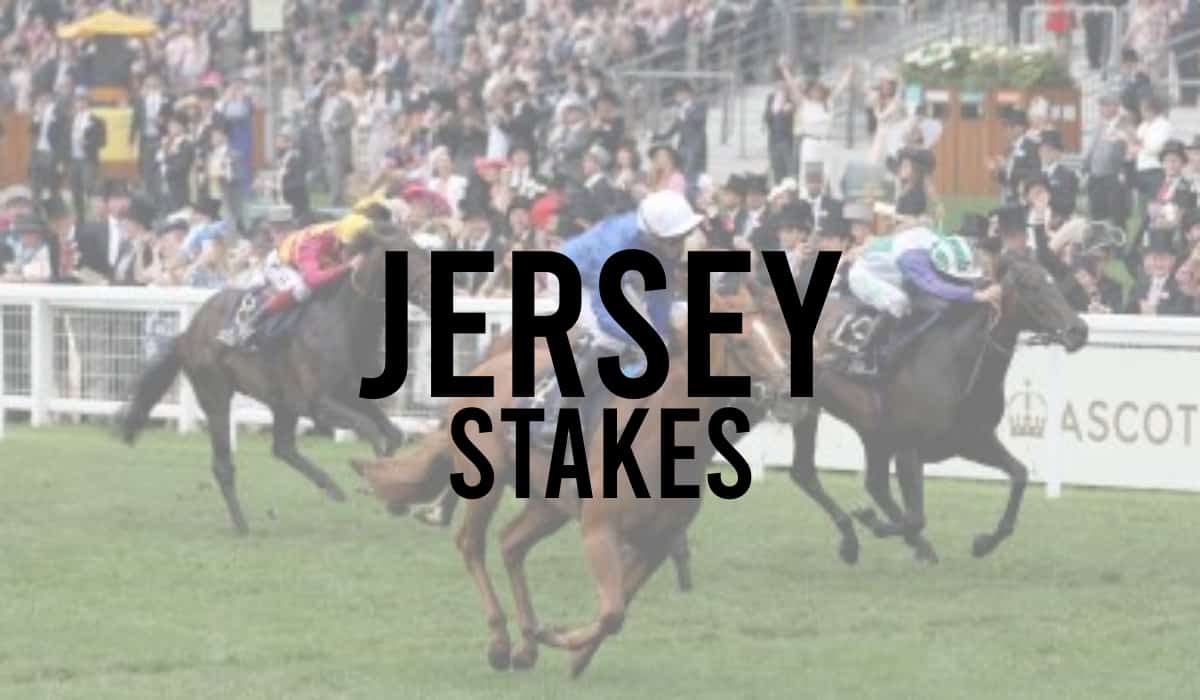
- Kensington Palace Stakes
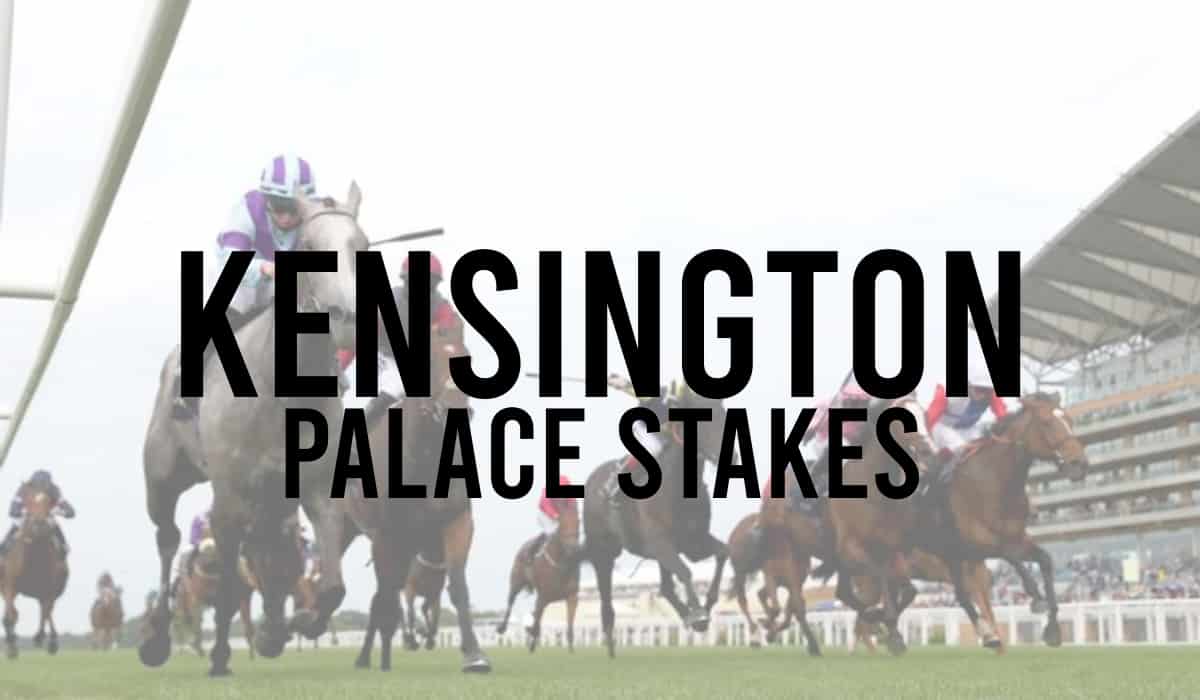
- King Edward VII Stakes
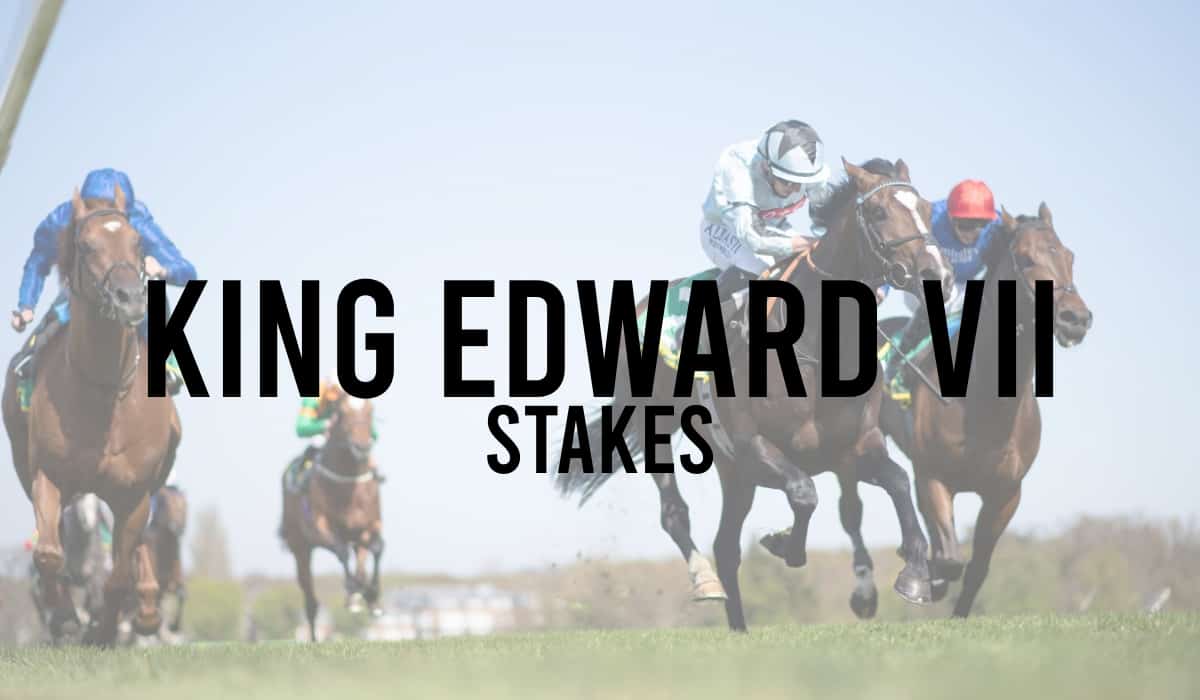
- King George V Stakes
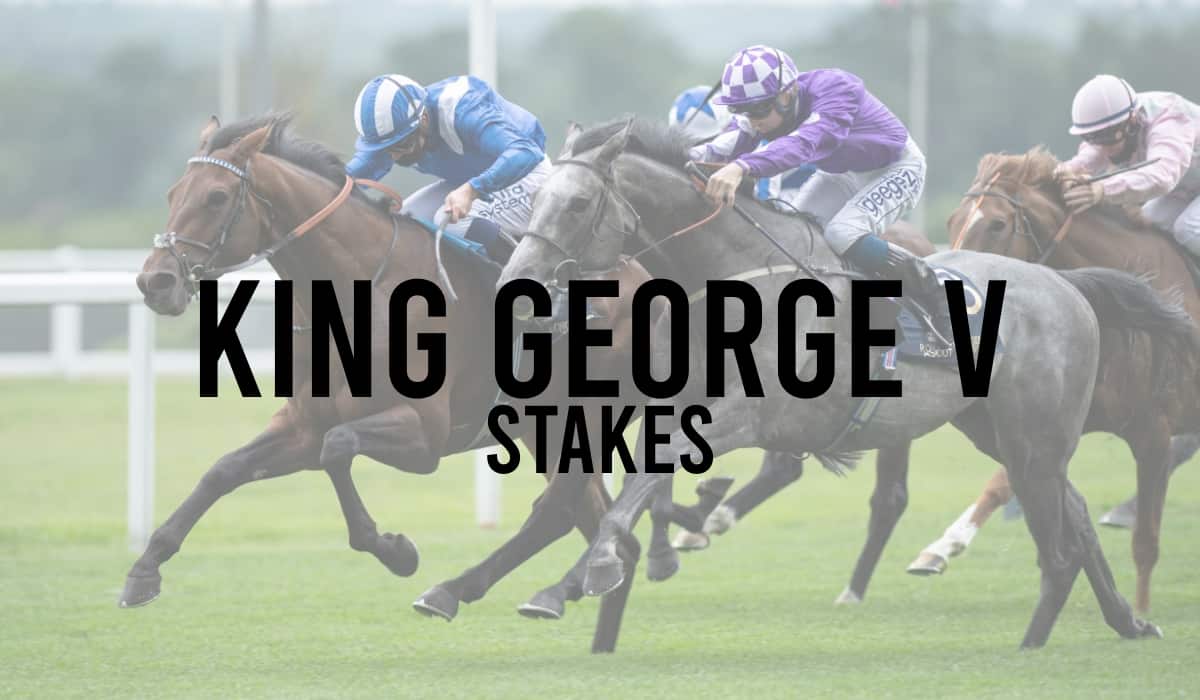
- King’s Stand Stakes
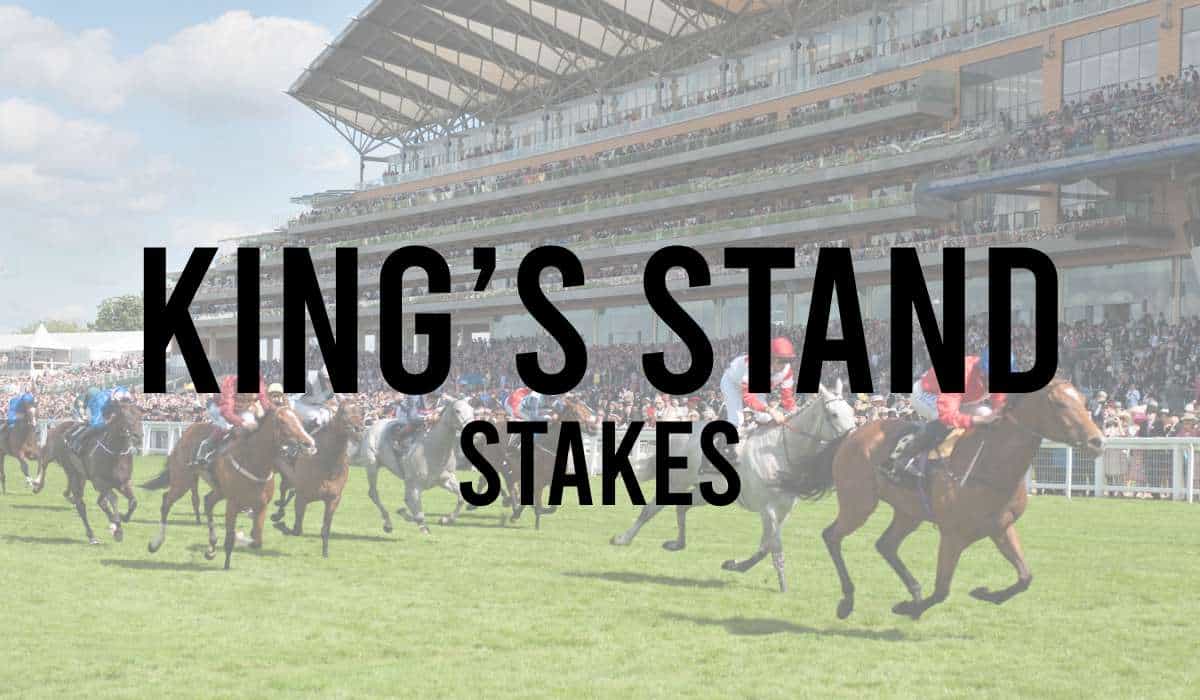
- Norfolk Stakes
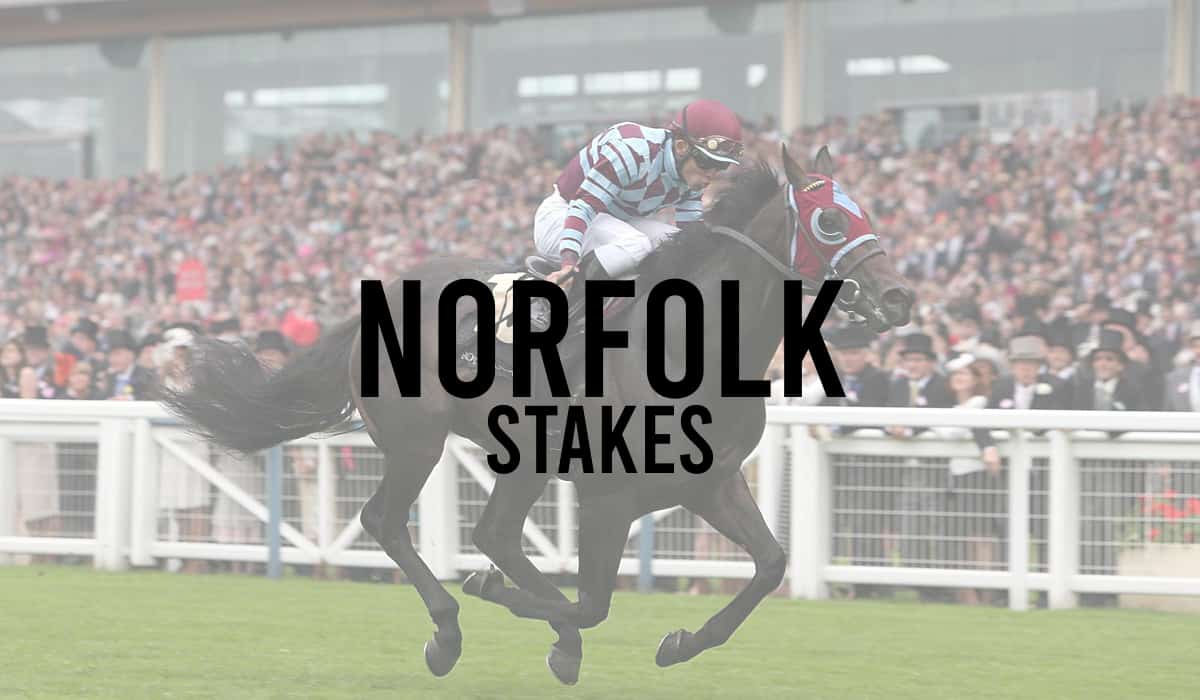
- Palace of Holyroodhouse Stakes
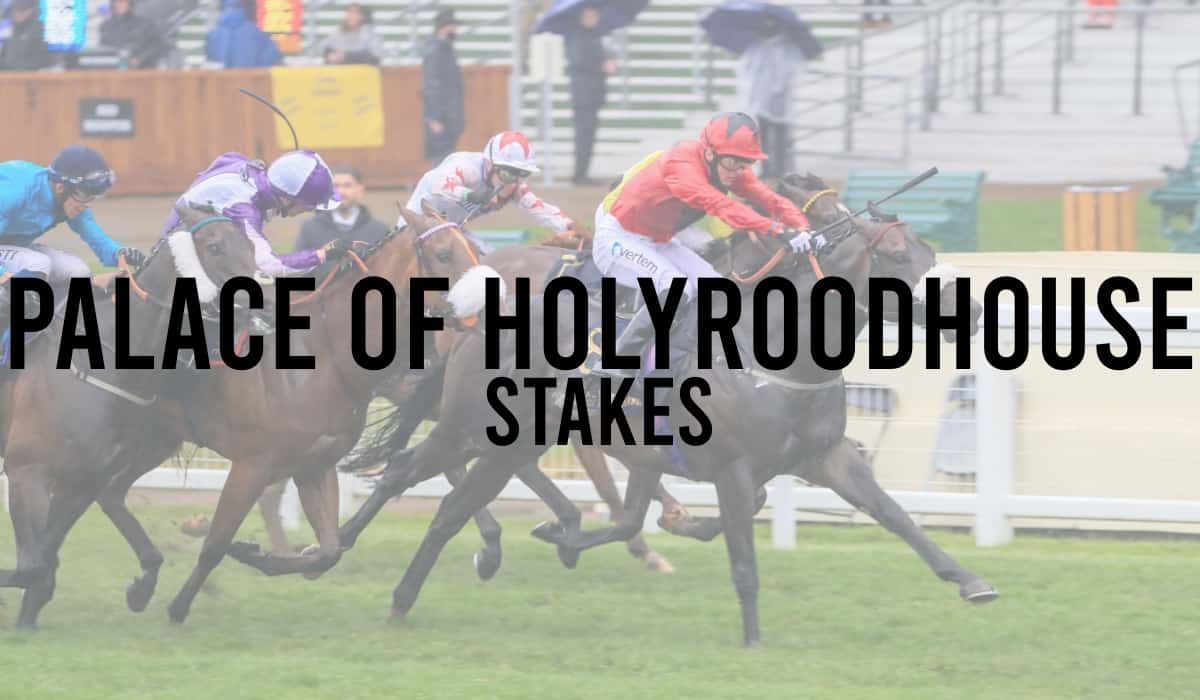
- Prince of Wales’s Stakes
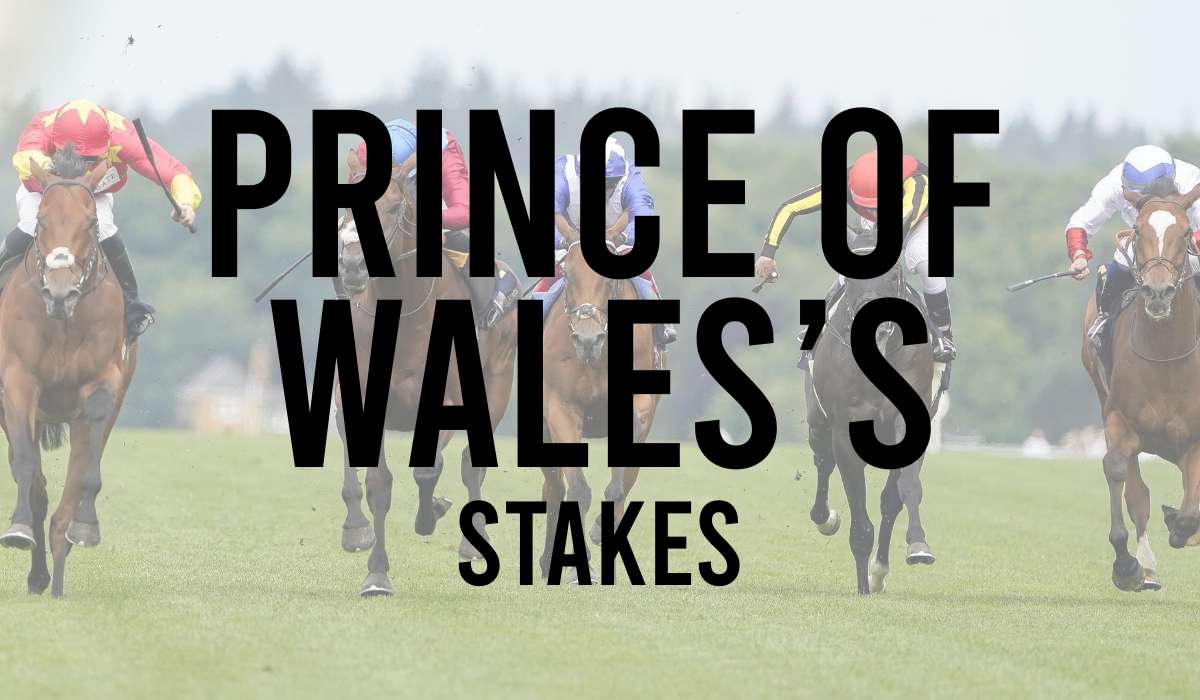
- Queen Alexandra Stakes
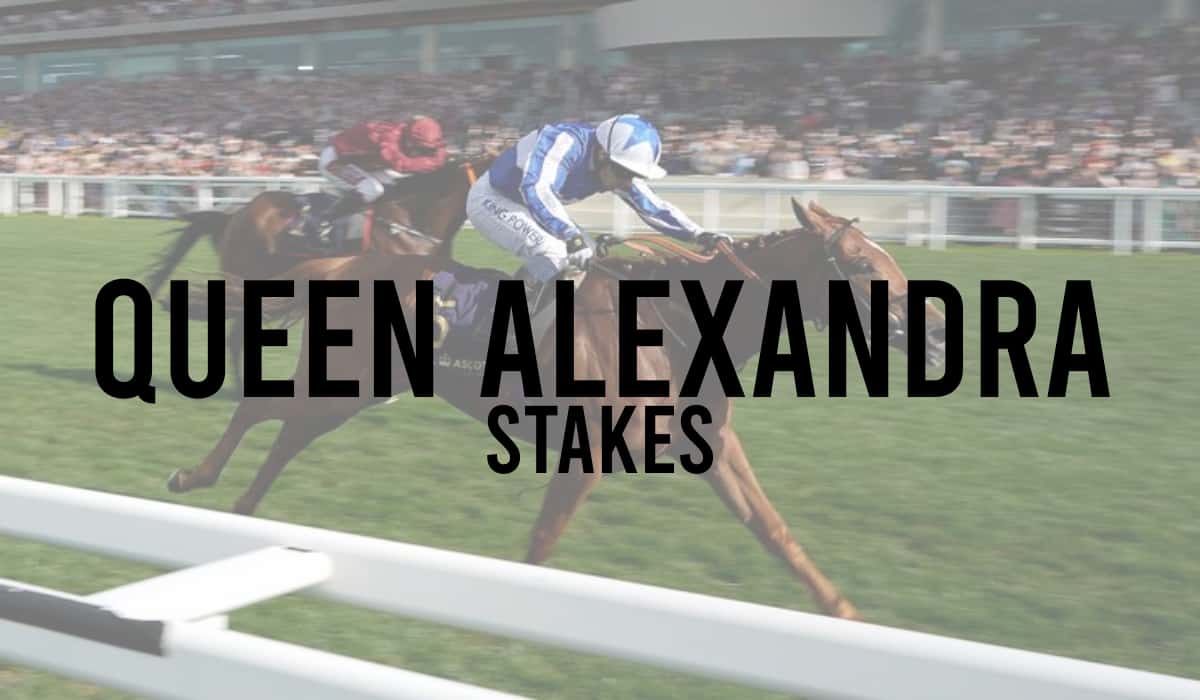
- Queen Anne Stakes
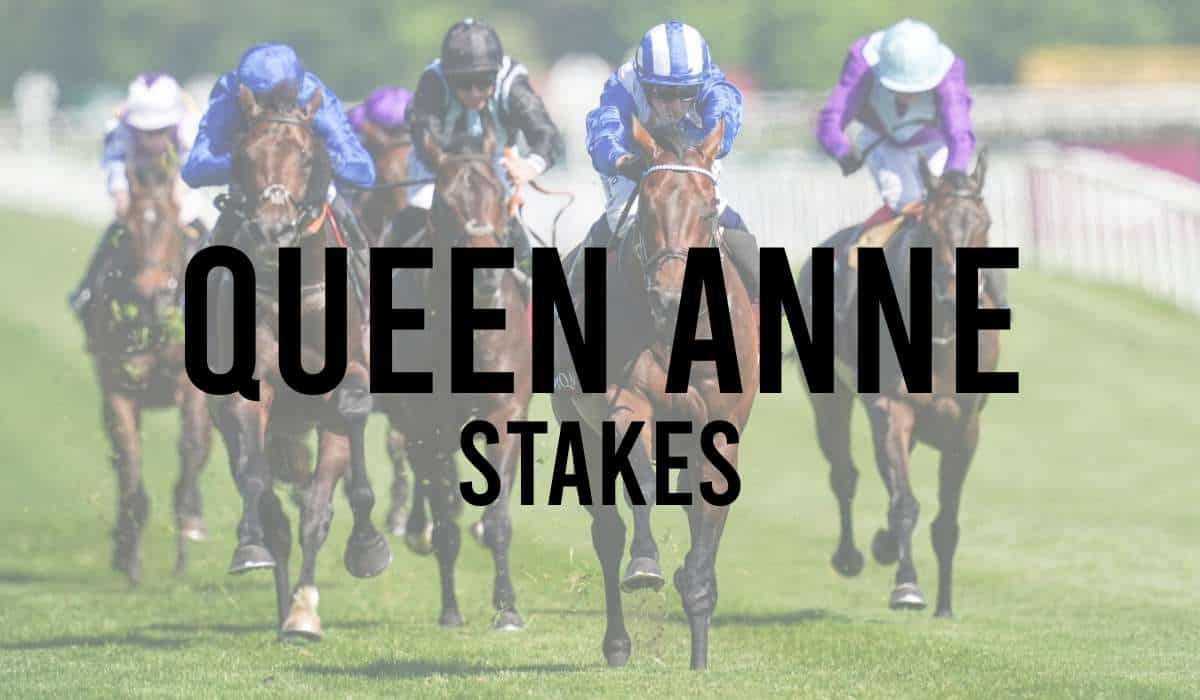
- Queen Mary Stakes
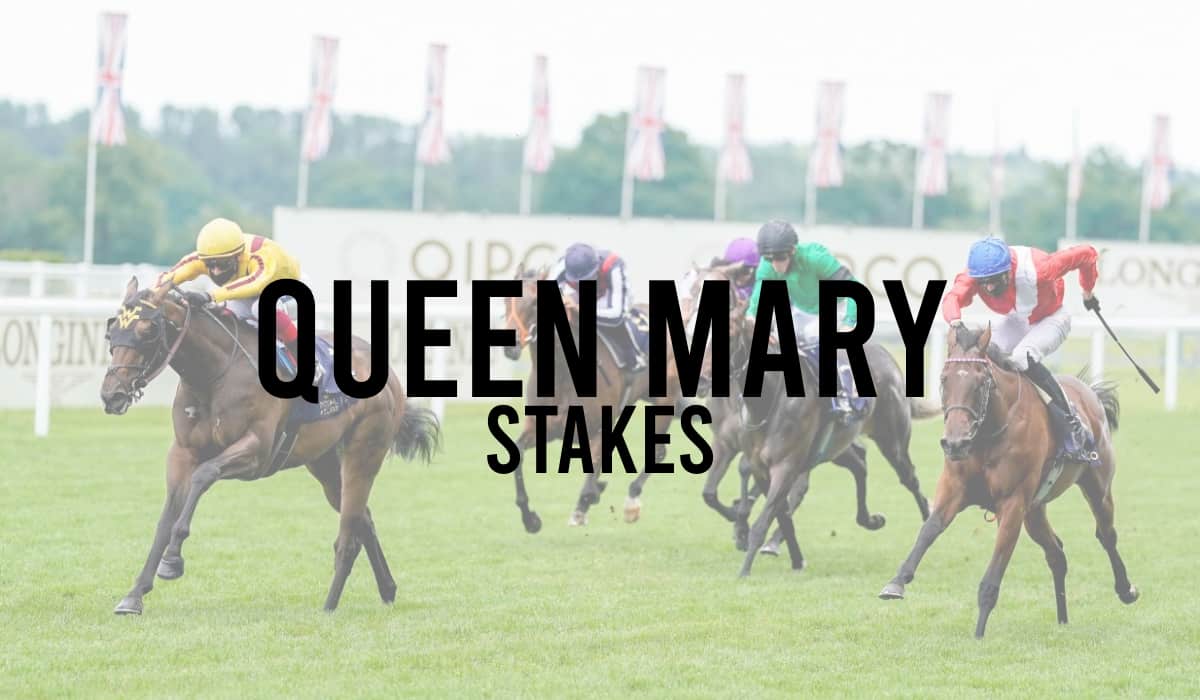
- Queen’s Vase
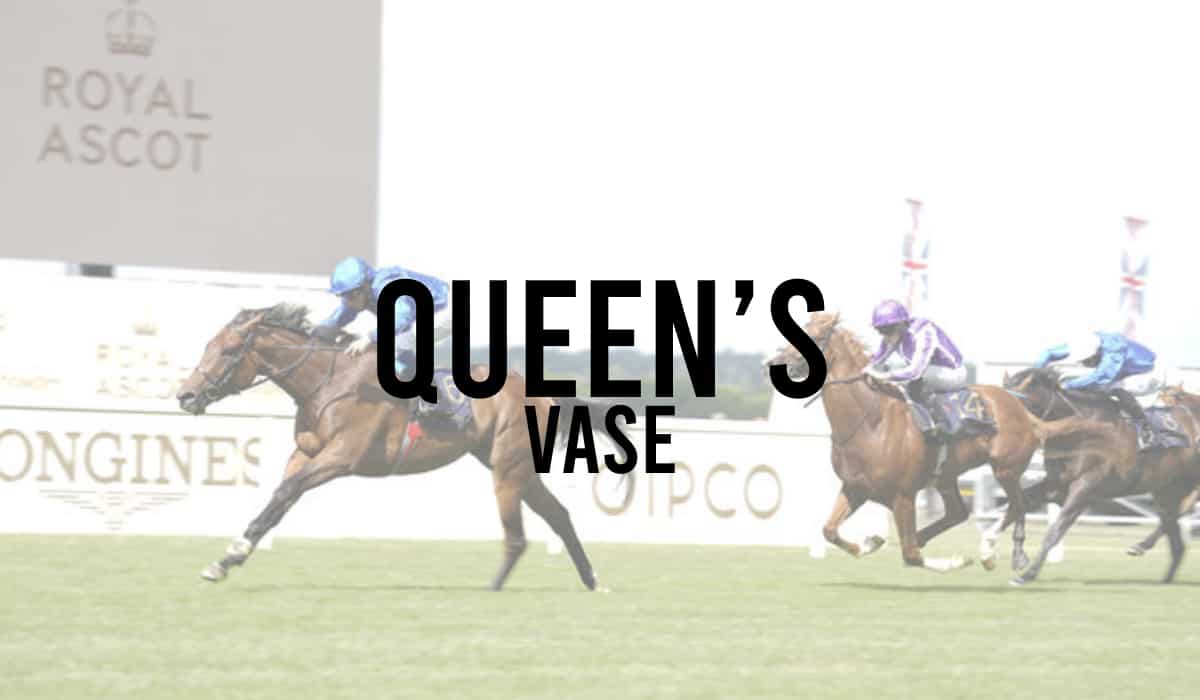
- Ribblesdale Stakes
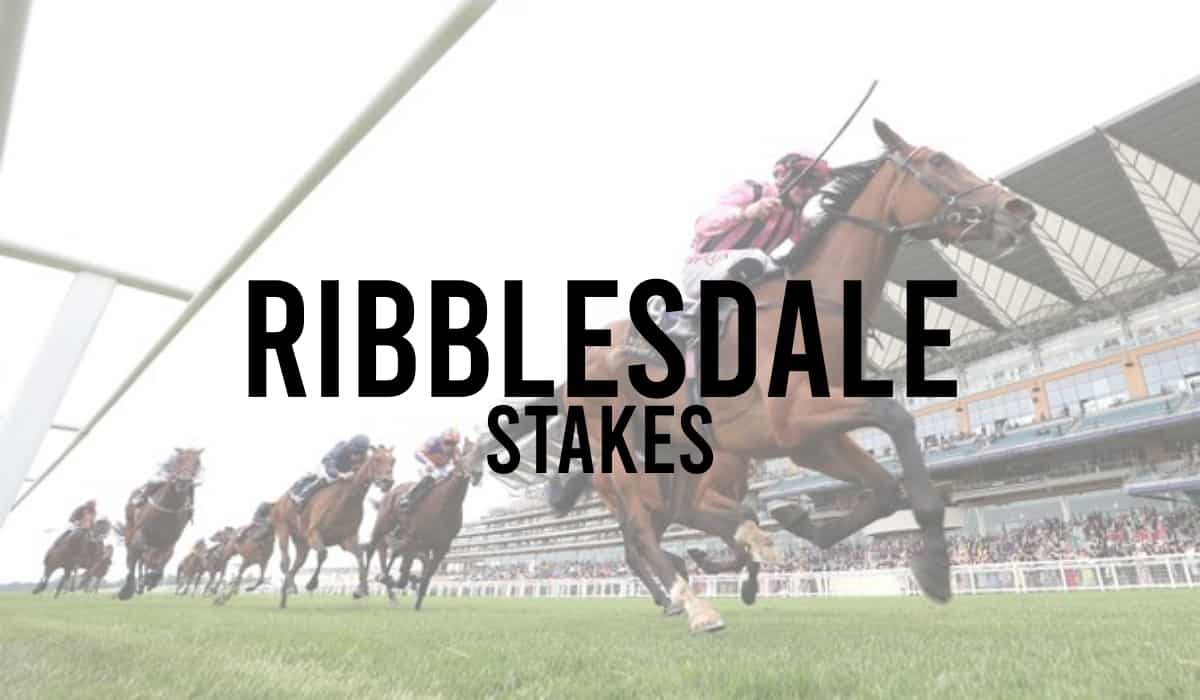
- Royal Ascot
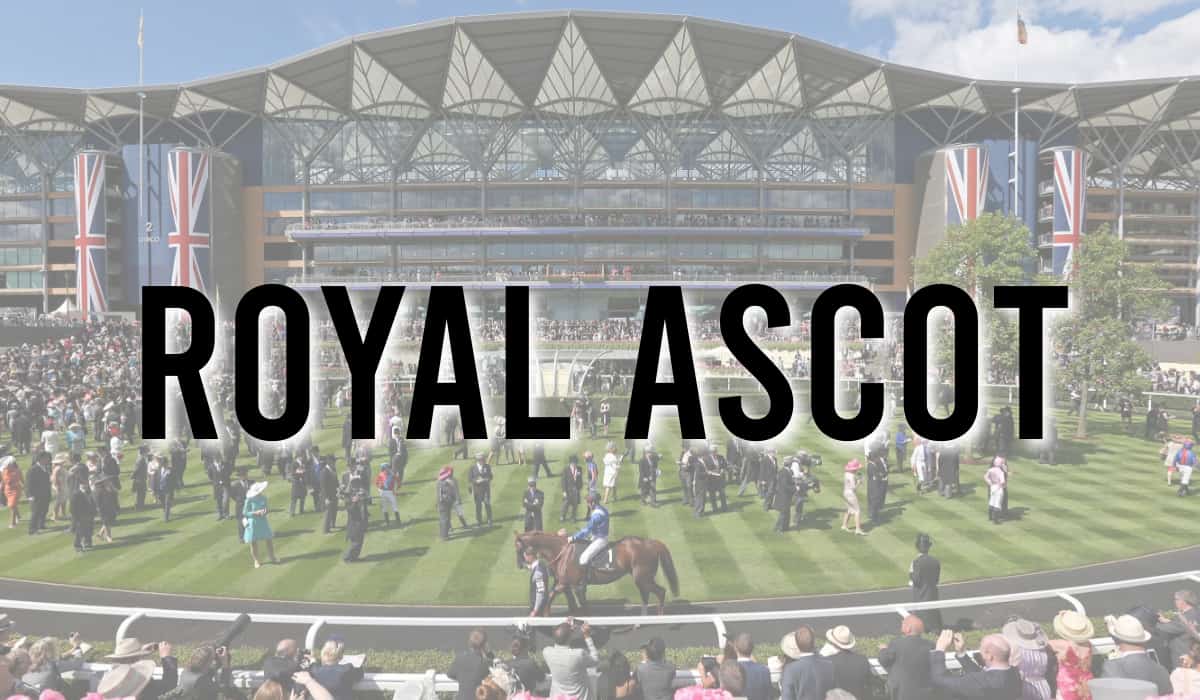
- Royal Ascot Betting Offers

- Royal Ascot Day 1 Tips
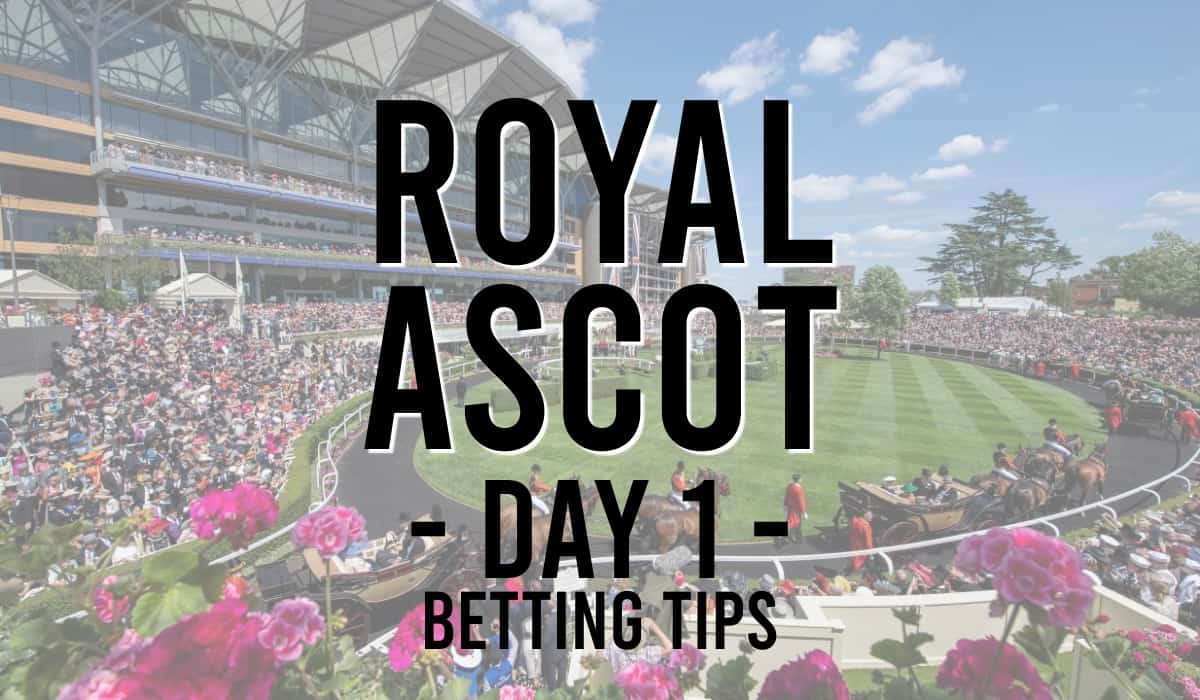
- Royal Ascot Day 2 Tips
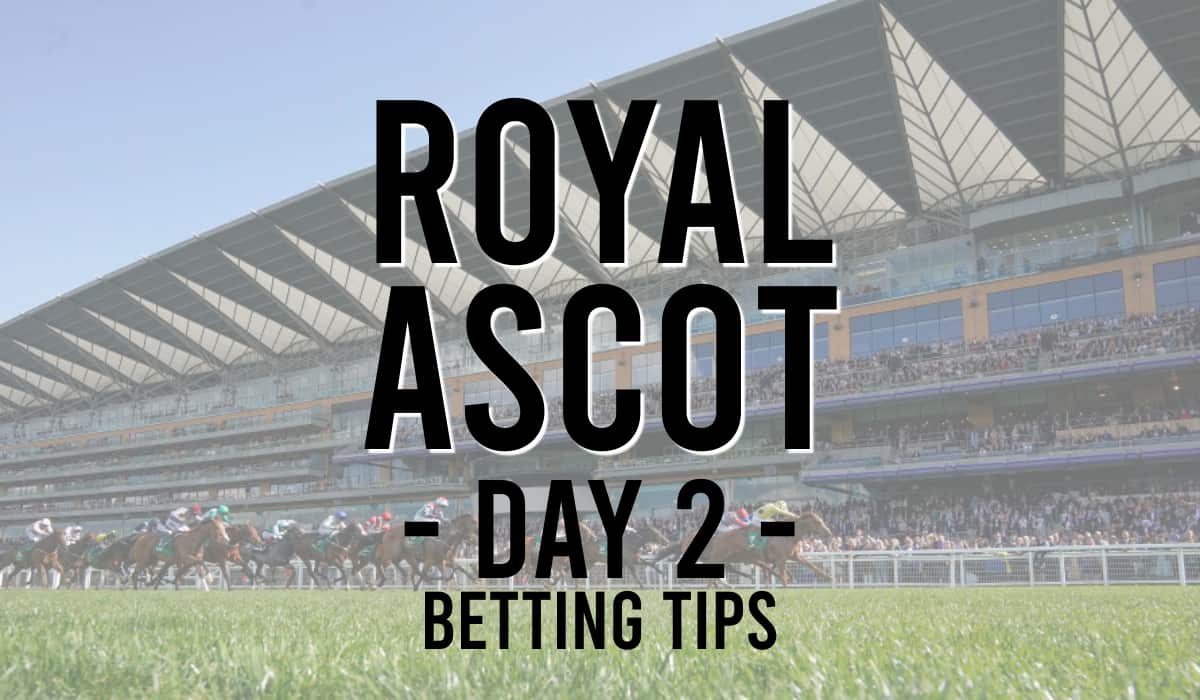
- Royal Ascot Day 3 Tips
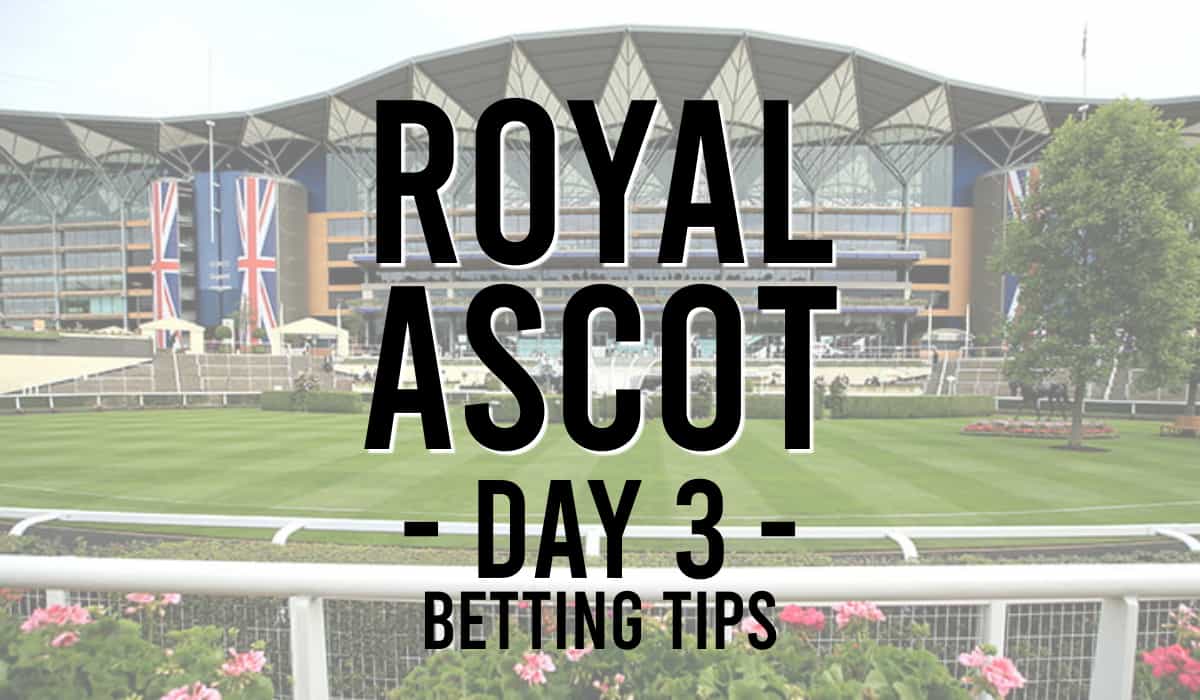
- Royal Ascot Day 4 Tips
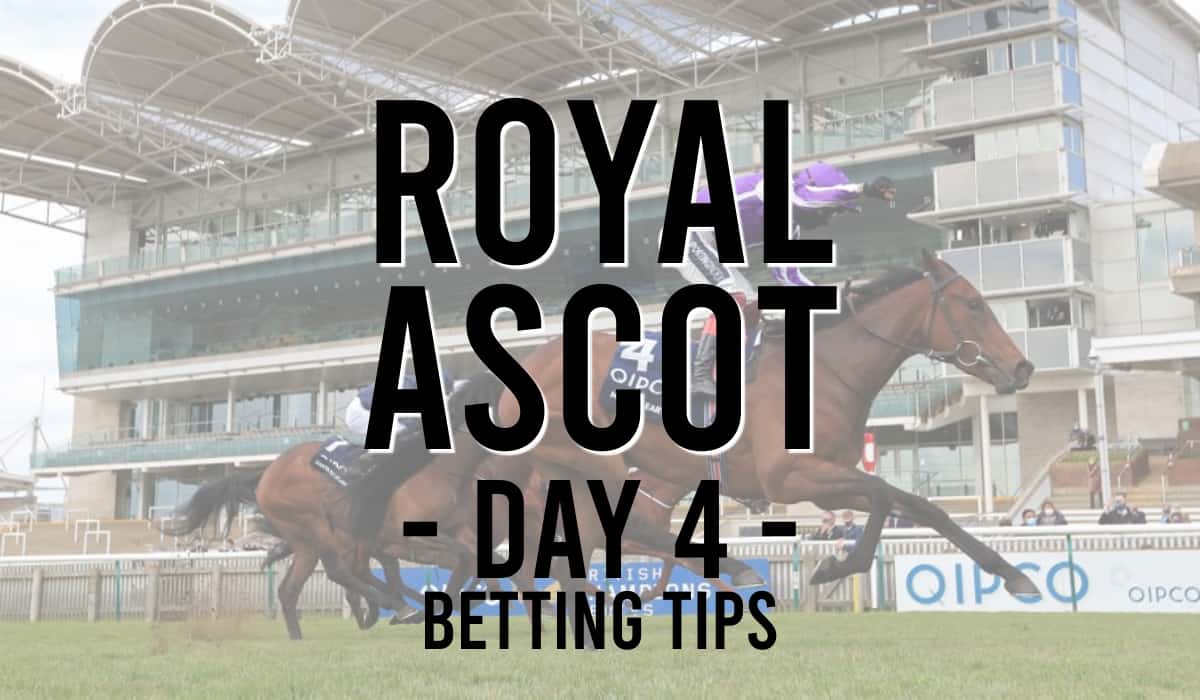
- Royal Ascot Day 5 Tips
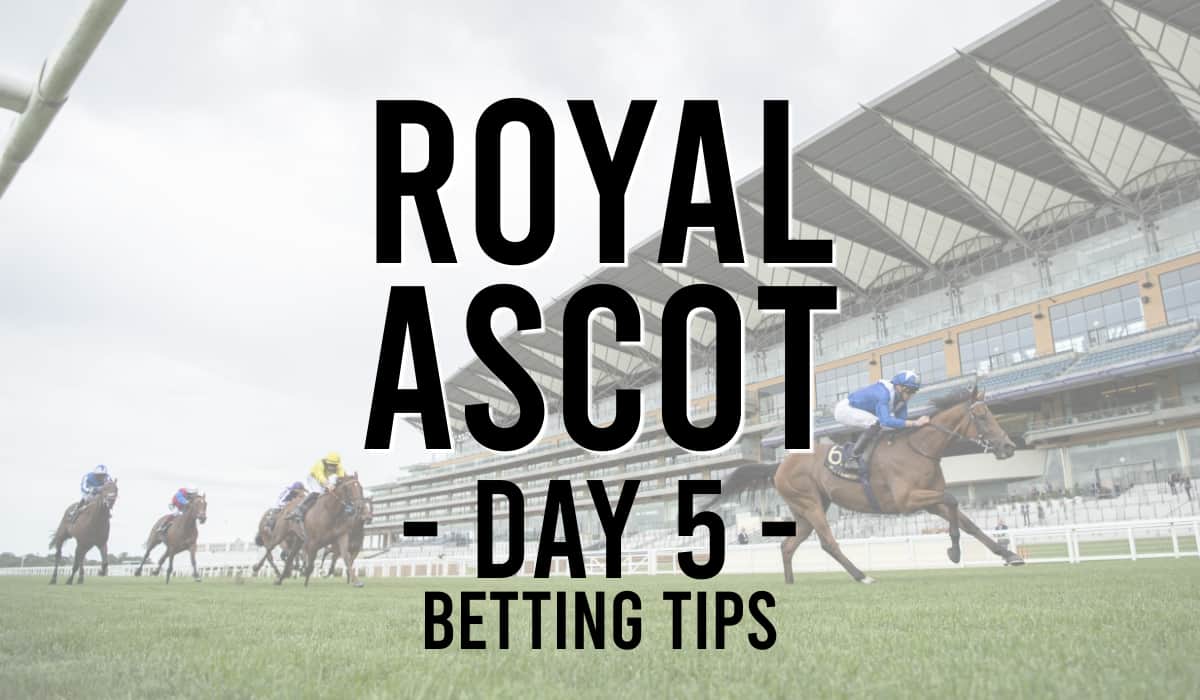
- Royal Hunt Cup
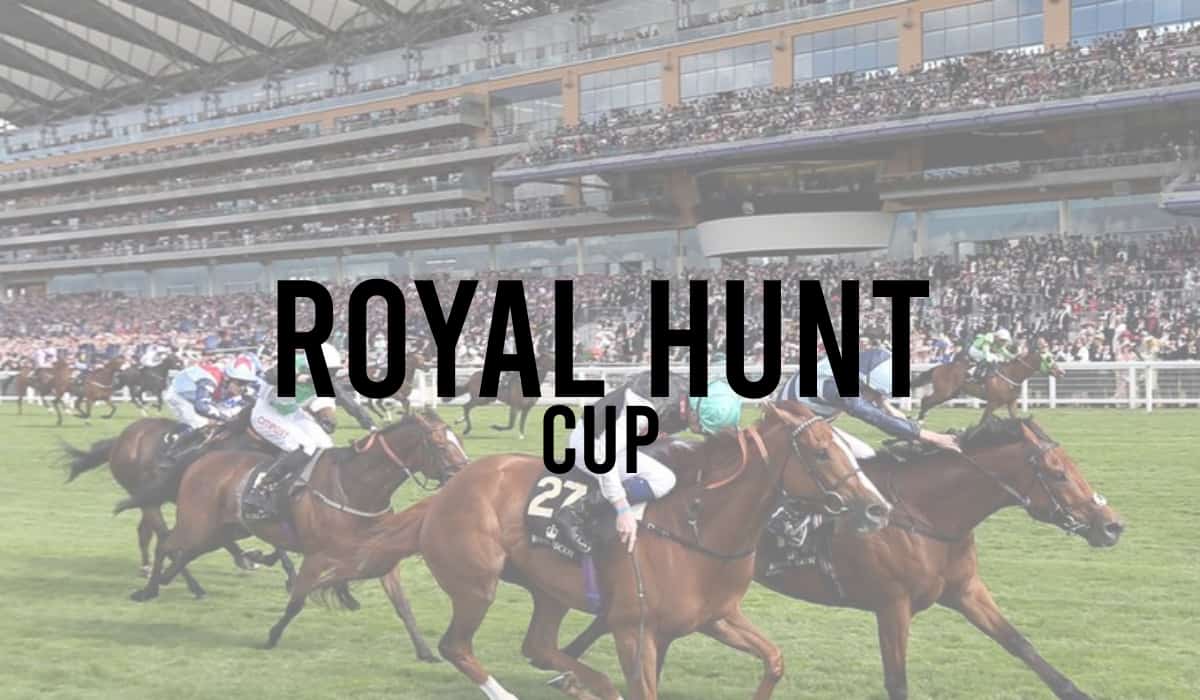
- Sandringham Handicap
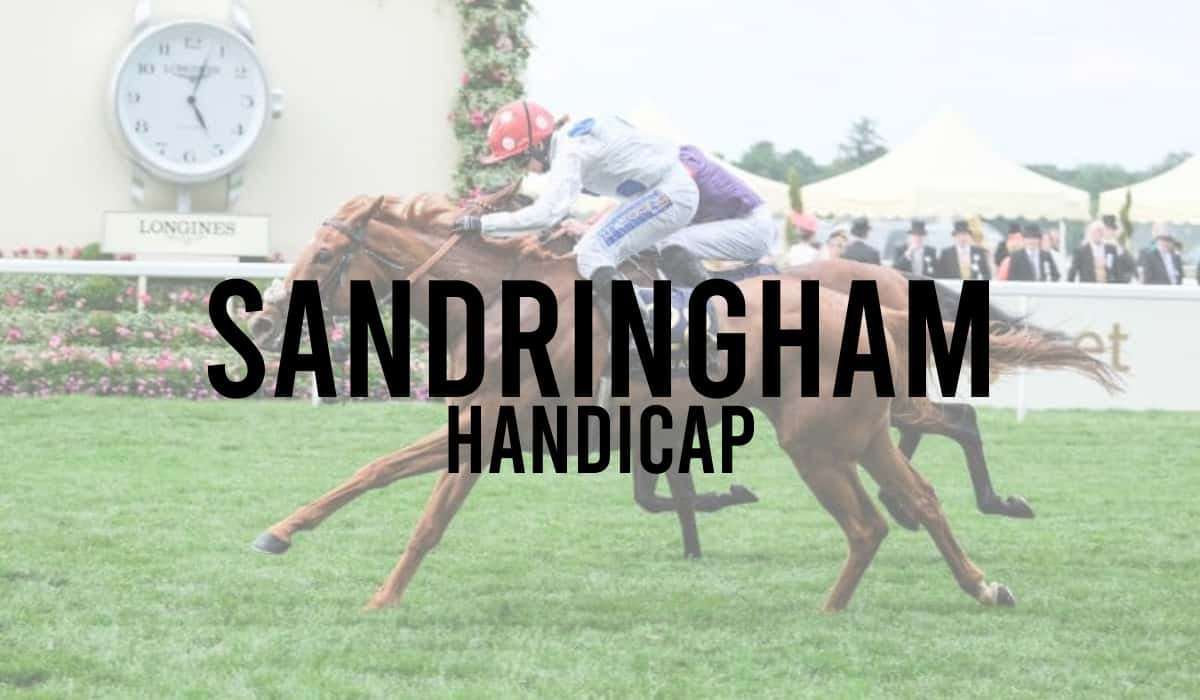
- St James’s Palace Stakes
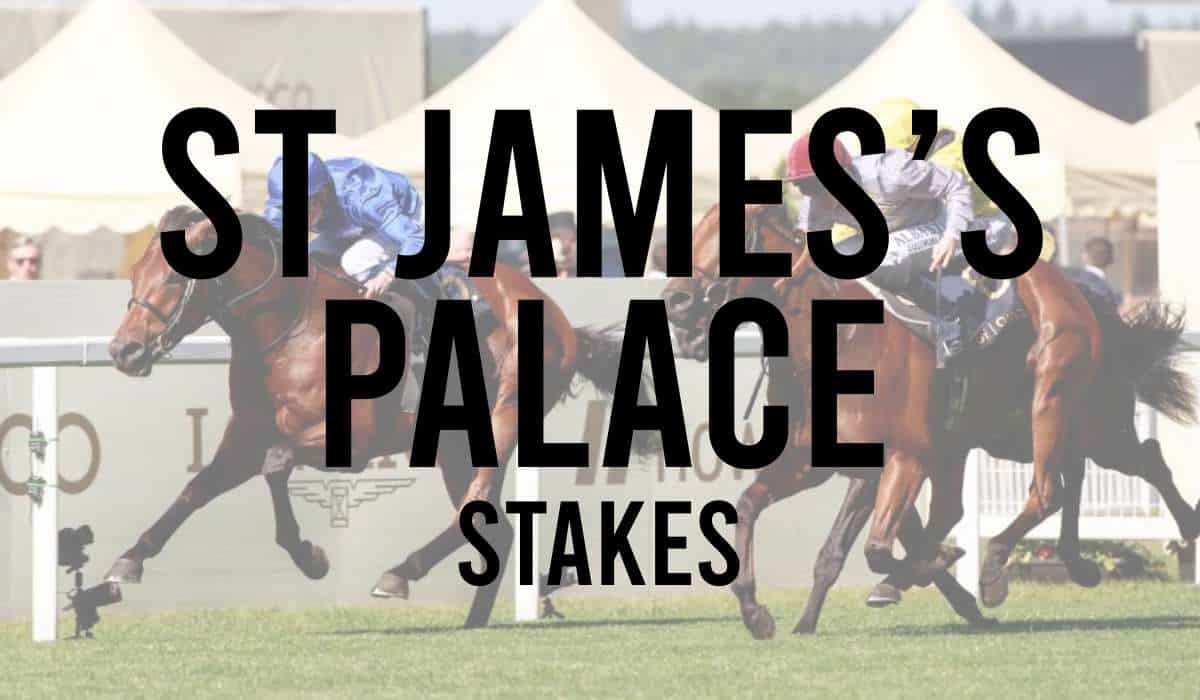
- What To Wear At The Races
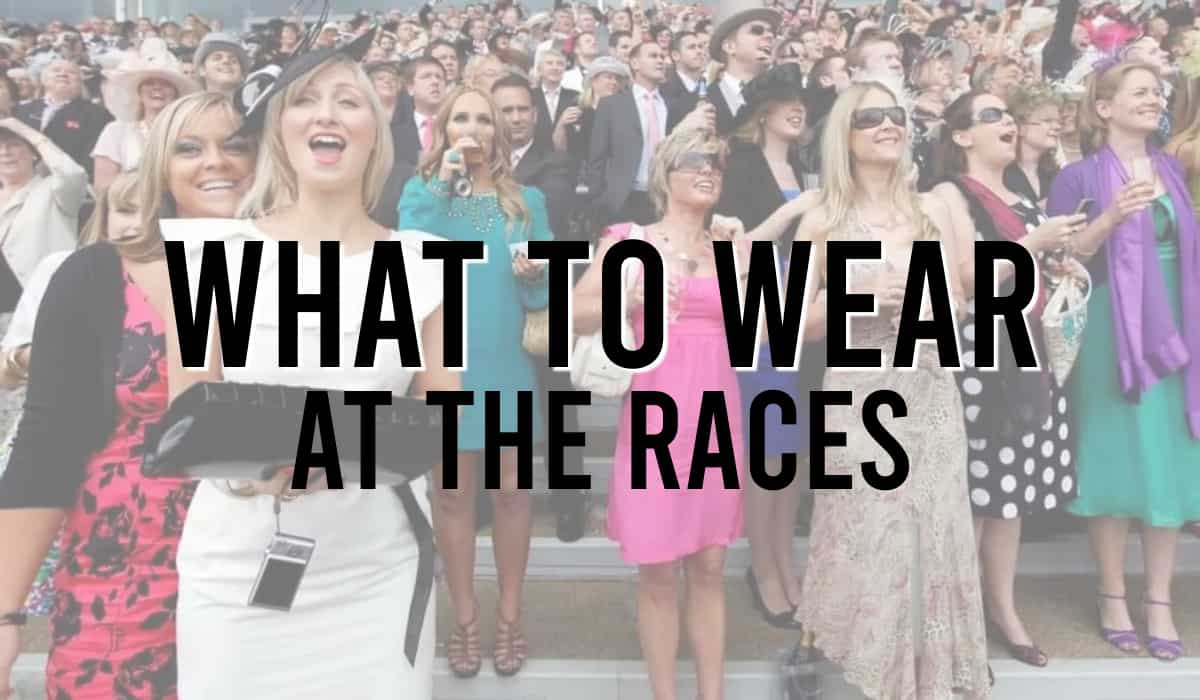
- Windsor Castle Stakes
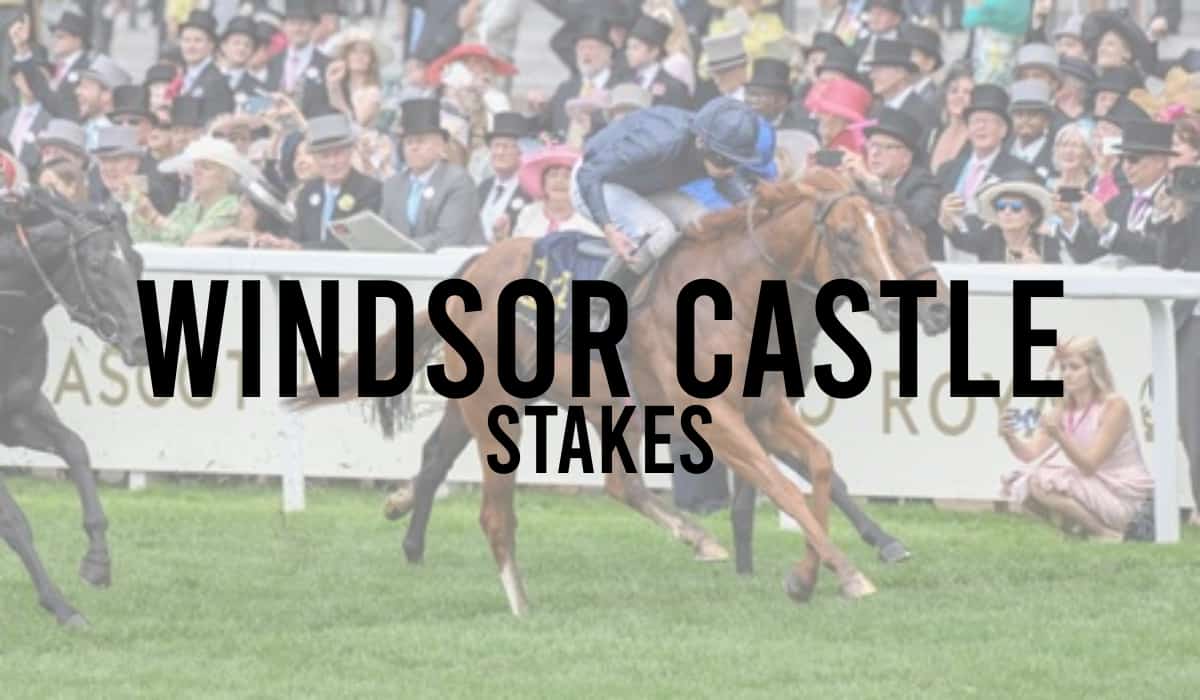
- Wokingham Stakes
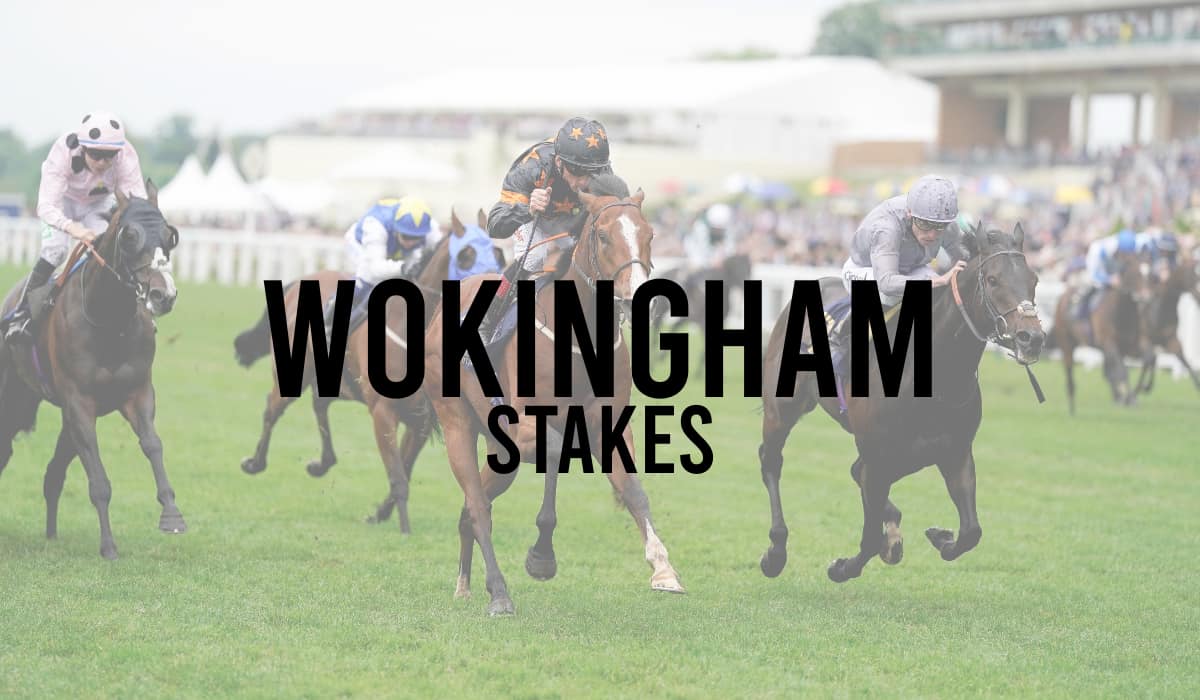
- Wolferton Stakes

If you do choose to bet, please bet responsibly.